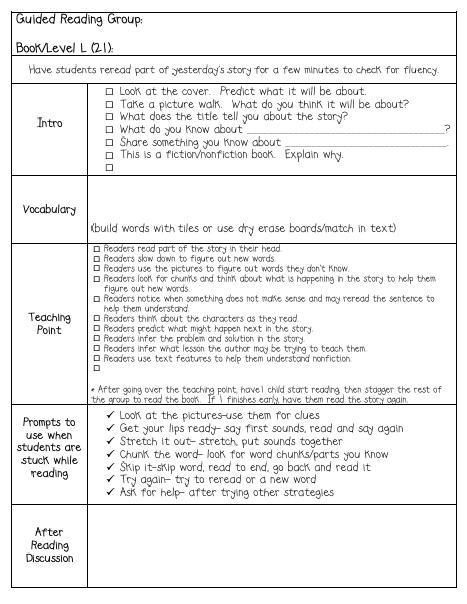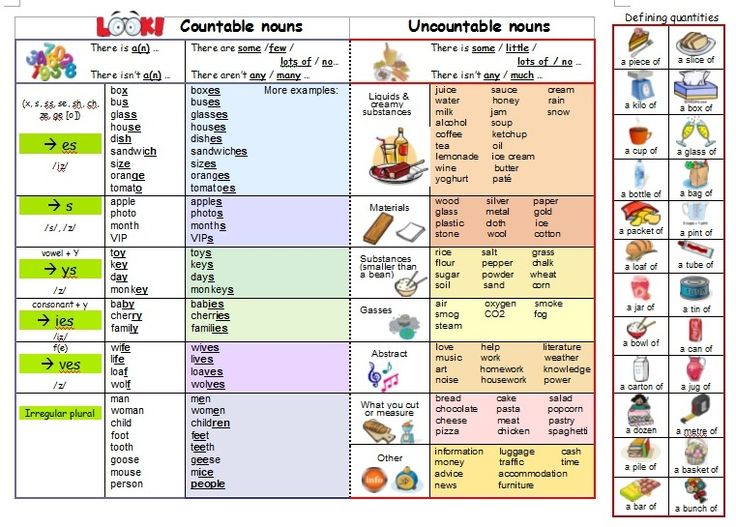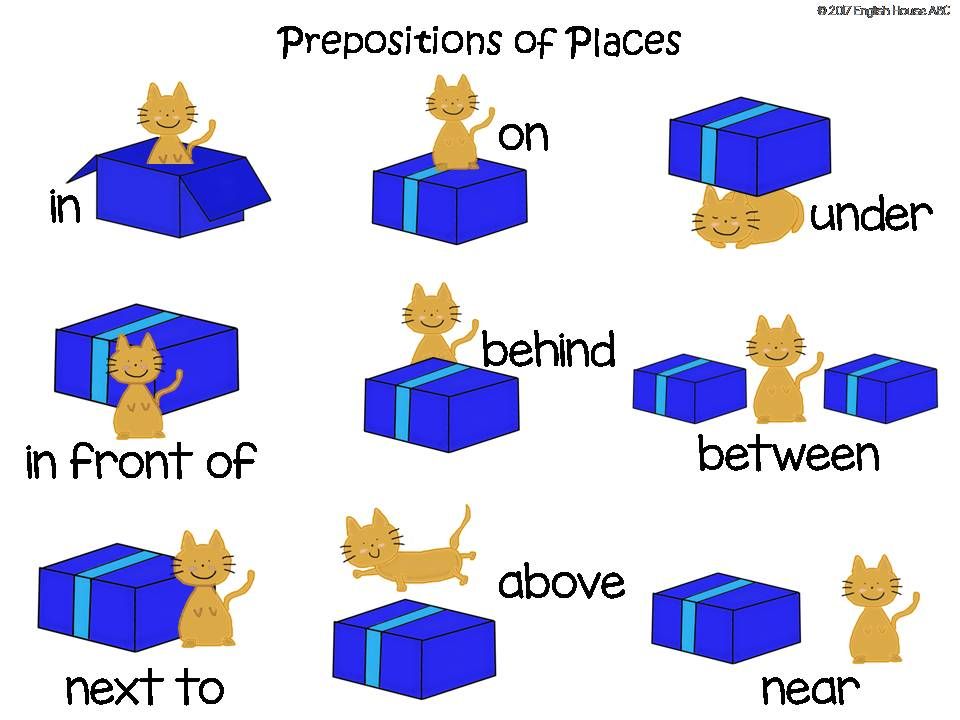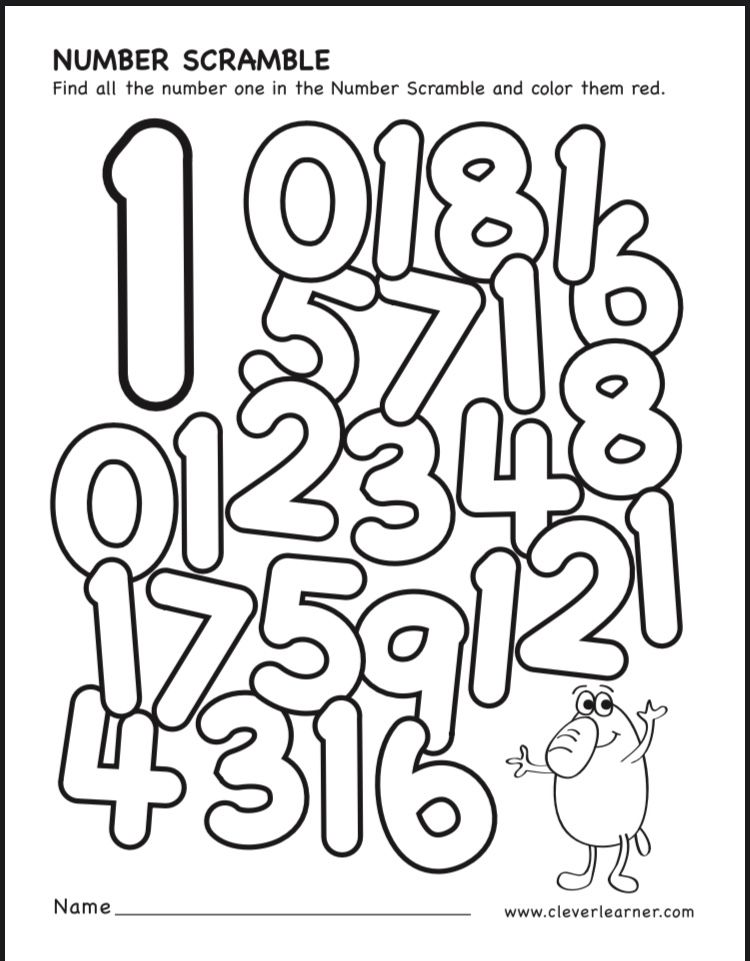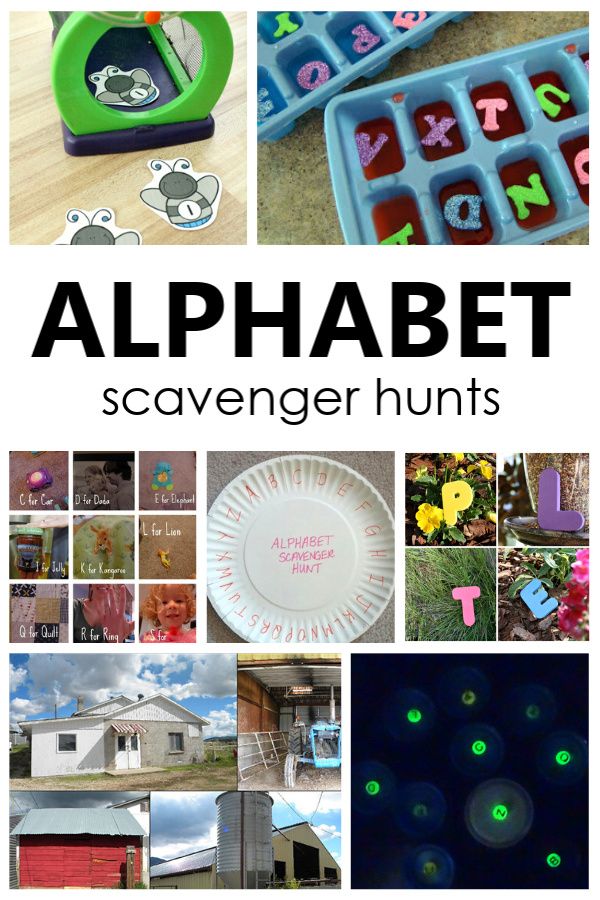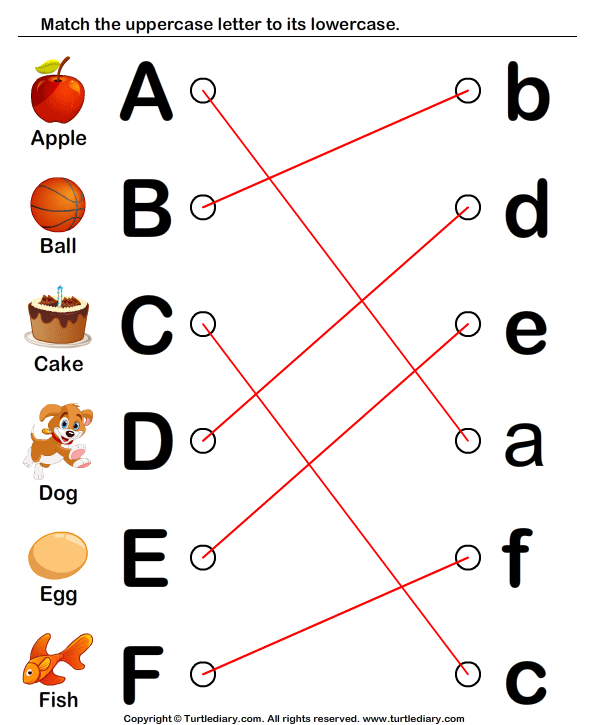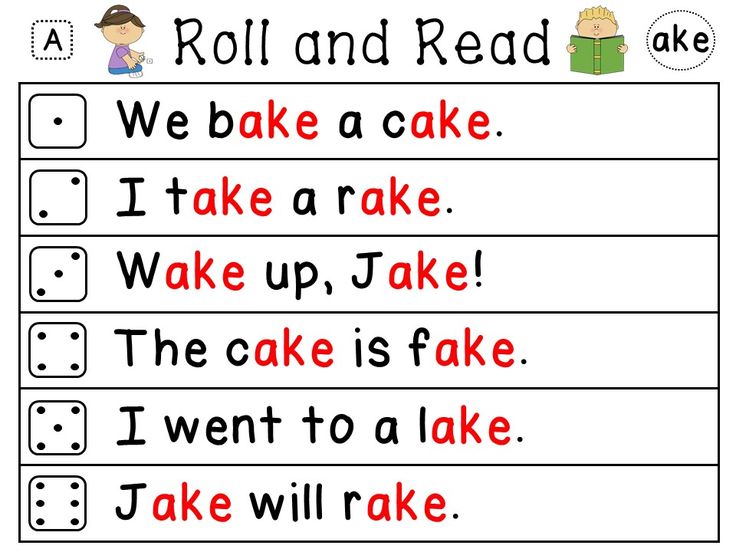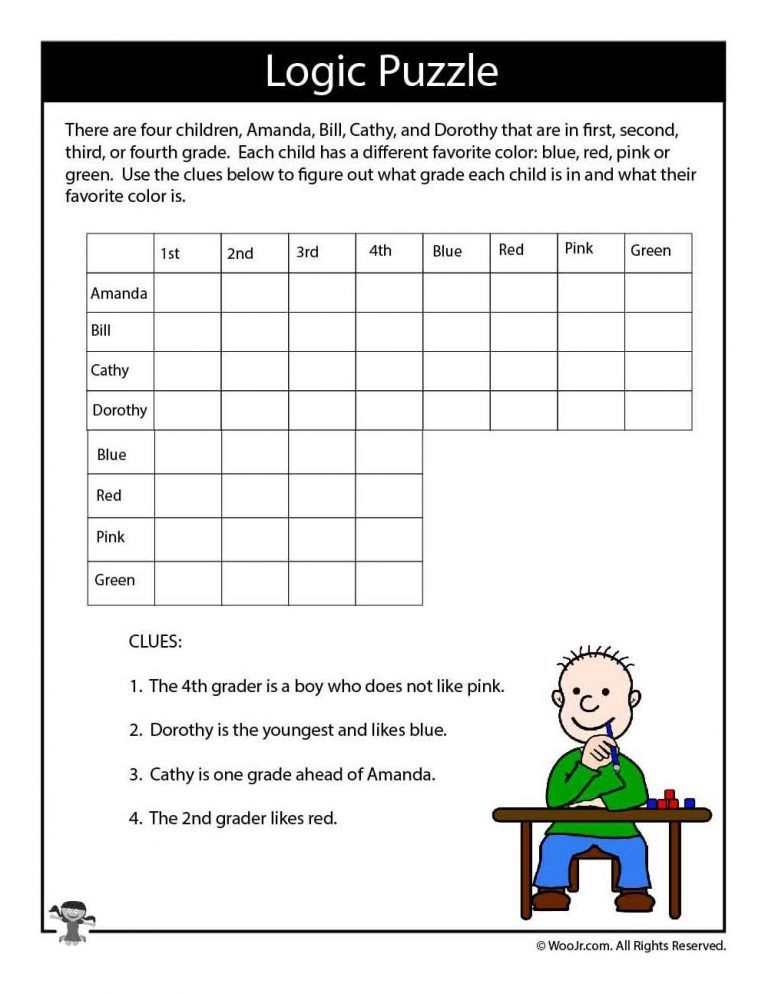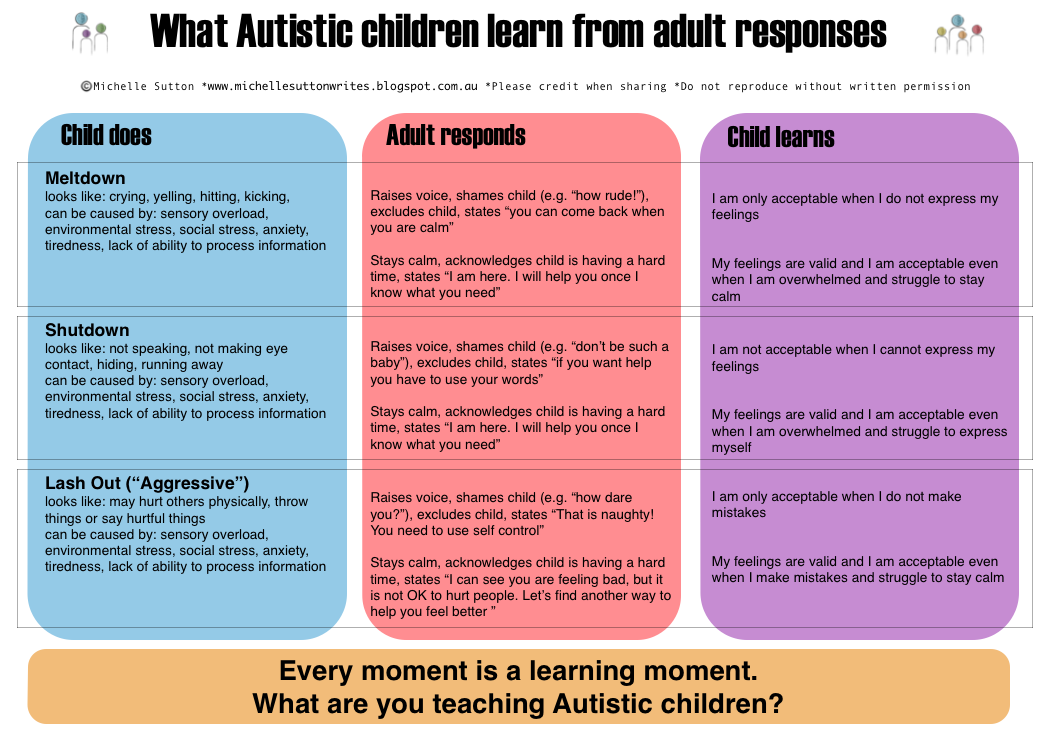Teaching high frequency words
A New Model for Teaching High-Frequency Words
We have visited many schools to observe intervention lessons and core reading instruction. For years we have been struck that even schools embracing research-based reading instruction teach high-frequency words through rote memorization. It is as if the high-frequency words are a special set of words that need to be memorized and can’t be learned using sound–symbol relationships.
A number of years ago, a teacher we respect enormously asked for help because many of her Tier 2 students and all of her Tier 3 students in first and second grades were failing to learn high-frequency words, even though they were progressing in their phonics lessons. We observed her teaching the digraph th to a group of four Tier 3 first grade students. This lesson was in April. Her students had learned to read CVC words and this was their first lesson with digraphs. The high-frequency words the students were responsible for knowing in this lesson were the color words:
blue, red, yellow, orange, purple, and green. None of the four students could spell more than two of the words accurately. All four students had difficulty reading those words when they were mixed into lists with other high-frequency words. (Indeed, they were having difficulty reading all the high-frequency words in the lists.)
These students could read words that followed spelling patterns they had learned and practiced, but they struggled learning words that made no sense to them from a sound–spelling viewpoint. We suggested that the students learn high-frequency words according to spelling patterns, and not according to frequency number or theme.
Together with the teacher, we organized the high-frequency words to fit into the phonics lessons so that the words were tied to spelling patterns students were learning. First, we focused on identifying decodable high-frequency words such as but, him, and yes and integrating them into phonics lessons instead of teaching them as words that had to be memorized.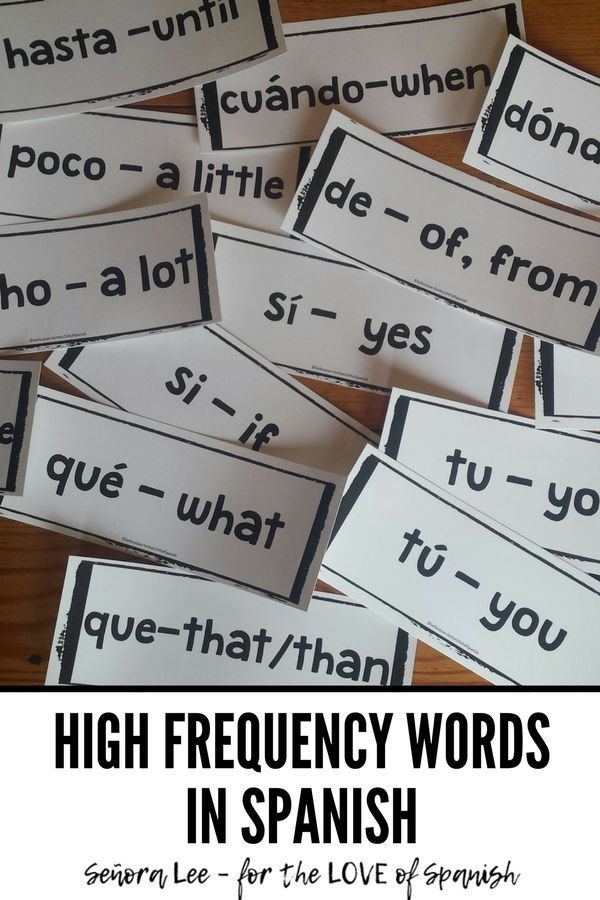 Next, we identified irregularly spelled high-frequency words such as
said, you, and from. These words have two or three letter sounds students knew and only one or two letters that had to be memorized. We integrated 2 or 3 of these words into a phonics lessons, and students learned to identify the letters spelled as expected and to learn “by heart” the letters not spelled as expected.
Next, we identified irregularly spelled high-frequency words such as
said, you, and from. These words have two or three letter sounds students knew and only one or two letters that had to be memorized. We integrated 2 or 3 of these words into a phonics lessons, and students learned to identify the letters spelled as expected and to learn “by heart” the letters not spelled as expected.
With this approach, students had an easier time learning to read the word said because they knew that only the letters ai are an unexpected spelling. Students also soon stopped confusing was and saw because they learned to think about the first sound before reading or spelling those words. The teacher told us that she, her students, and their parents were thrilled that they were no longer “banging their heads against the wall” going over and over the words as students tried to memorize how to read or spell high-frequency words with little success.
Current practices
High-frequency words are often referred to as “sight words”, a term that usually reflects the practice of learning the words through memorization.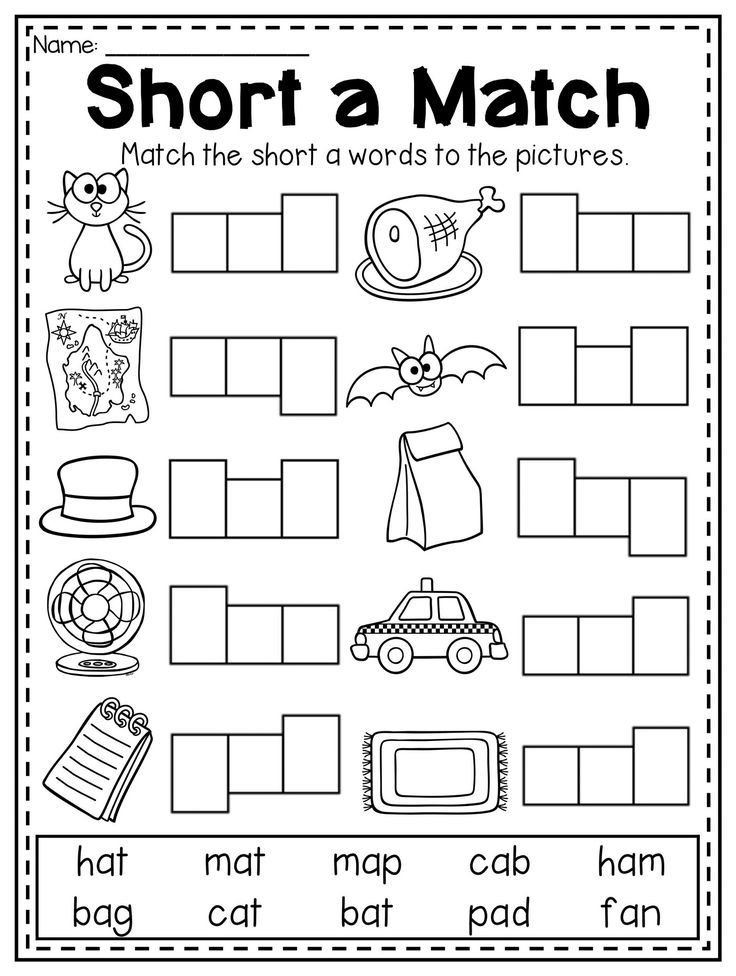 These words might be on the Dolch List, Fry Instant Words, or selected from stories in the reading program. Common practice often includes sending these “sight words” home for students to study and memorize, or drilling with flash cards in school. Students may start with word #1 and progress through the words in the order of frequency. Some teachers, like our friend above, group the words in categories, such as numbers or colors, whenever possible. In essence, high-frequency word instruction is often fully divorced from phonics instruction. While this method works for many students, it is an abysmal failure with others.
These words might be on the Dolch List, Fry Instant Words, or selected from stories in the reading program. Common practice often includes sending these “sight words” home for students to study and memorize, or drilling with flash cards in school. Students may start with word #1 and progress through the words in the order of frequency. Some teachers, like our friend above, group the words in categories, such as numbers or colors, whenever possible. In essence, high-frequency word instruction is often fully divorced from phonics instruction. While this method works for many students, it is an abysmal failure with others.
Overview of suggested restructuring
Integrating high-frequency words into phonics lessons allows students to make sense of spelling patterns for these words. To do this, high-frequency words need to be categorized according to whether they are spelled entirely regularly or not. Restructuring the way high-frequency words are taught makes reading and spelling the words more accessible to all students. The rest of this article describes how to “rethink” teaching of high-frequency words and fit them into phonics lessons.
The rest of this article describes how to “rethink” teaching of high-frequency words and fit them into phonics lessons.
Teach 10–15 “sight words” before phonics instruction begins
Many kindergarten students are expected to learn 20 to 50, or even more, high-frequency words during the year. The words are introduced and practiced in class and students are asked to study them at home. Learning these “sight words” often starts before formal phonics instruction begins.
Children do need to know about 10–15 very-high-frequency words when they start phonics instruction. However, these words can be carefully selected so that they are the “essential words” that are not decodable when the short vowel patterns VC and CVC are taught. Words such as at, can, and had are easier for students to learn using phonics than by simply memorizing them.
We recommend teaching 10–15 pre‐reading high-frequency words only after students know all the letter names, but before they start phonics instruction. (Students who have not learned their letter names inevitable struggle to learn words that have letters they cannot identify.) Teaching students to read the ten words in Table 1 as “sight words” even before they begin phonics instruction is unlikely to overburden even “at risk” students. These ten words can be used to write decodable sentences when phonics instruction begins. The words in Table 1 are suggestions only, and teachers may revise or add words based on their reading materials and their students. For example, the words
are and said are often added.
(Students who have not learned their letter names inevitable struggle to learn words that have letters they cannot identify.) Teaching students to read the ten words in Table 1 as “sight words” even before they begin phonics instruction is unlikely to overburden even “at risk” students. These ten words can be used to write decodable sentences when phonics instruction begins. The words in Table 1 are suggestions only, and teachers may revise or add words based on their reading materials and their students. For example, the words
are and said are often added.
To teach these ten pre-reading sight words, we recommend introducing one word at a time. Teaching these words in the order listed can minimize confusion for students. For example, the and a are unlikely to be confused, as are I and to. However, to and of are widely separated on the table because both are two-letter words with the letter o, and t and f have similar formations.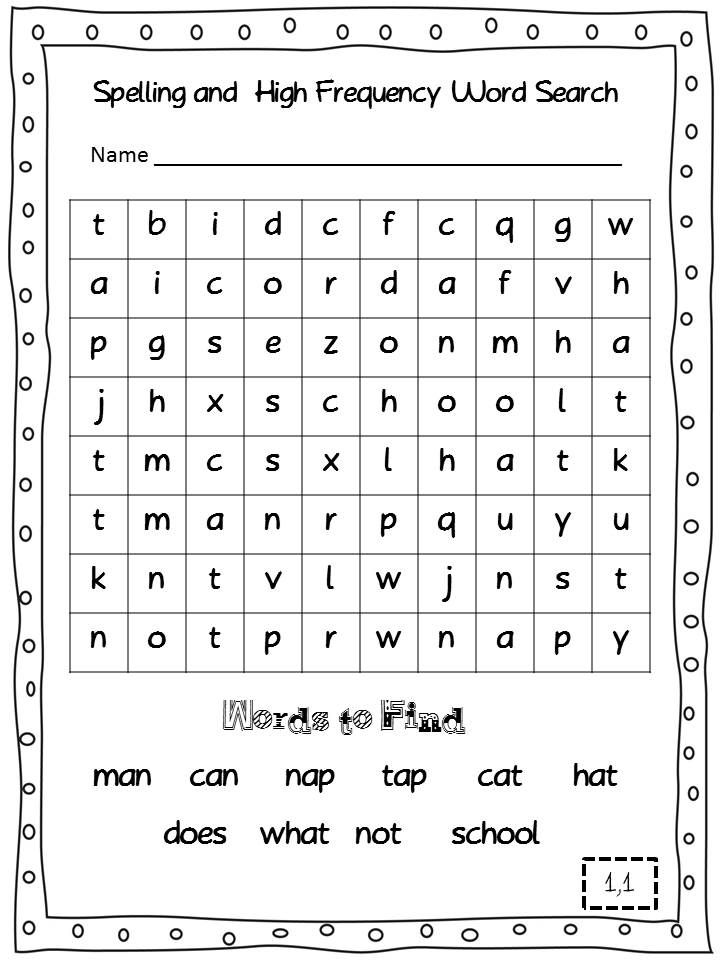
As we recommended above, the words in Table 1 should not be taught or practiced until a student knows all the letter names.
Students can demonstrate they know these words in a number of ways, including (1) finding the word in a list or row of other words, (2) finding the word in a text, (3) reading the word from a card, and (4) spelling the word.
If students know letter sounds and can identify the first sound in a word, the following words can be tied to beginning letter sounds because the initial sound is spelled as expected: to, and, was, you, for, is. The word I is easily recognized by students who know their letter names. On the other hand, the words the, a, and of cannot be tied to known letter sounds.
Teaching a “ditty” to help students learn the, a, and of works for many students. Teachers have had success teaching students to sing the ditties below. It is important that students have the word in front of them when they say the ditty.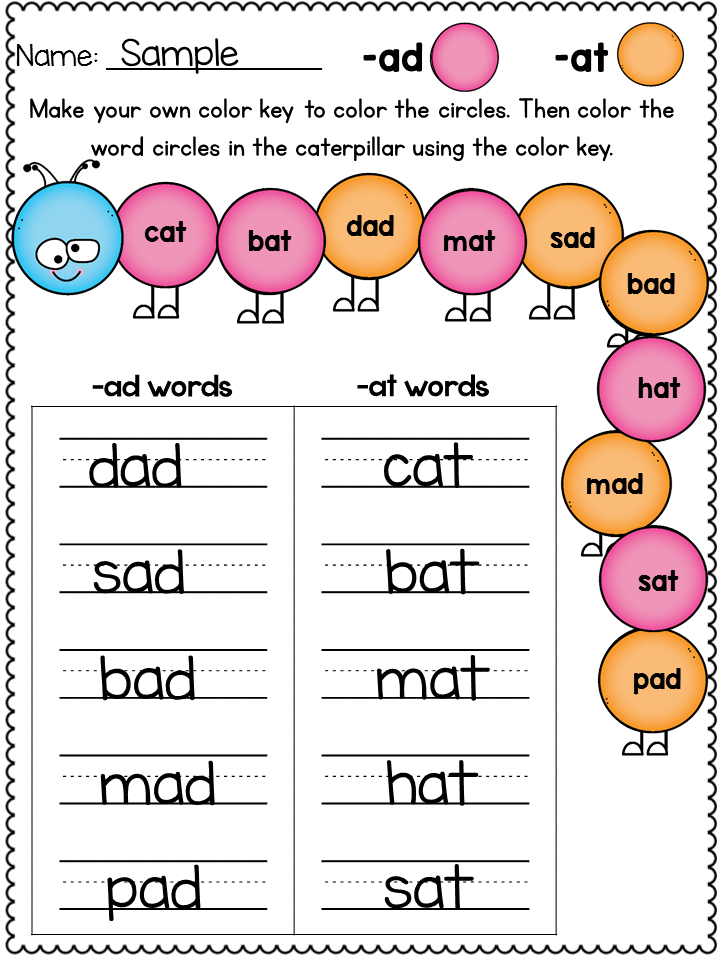 They should point to the word when they say it in the ditty, and point to the letters when they say them in the ditty.
They should point to the word when they say it in the ditty, and point to the letters when they say them in the ditty.
- The: I can say ‘thee’ or I can say ‘thuh’, but I always spell it ‘t’ ‘h’ ‘e’
- A: I can say ‘ā’ or I can say ‘uh’, but I always spell it with the letter ‘a’
- Of is hard to spell, but not for me. I love to spell of. ‘o’ ‘f’ of, ‘o’ ‘f’ of, ‘o’ ‘f’ of
Table 1: 10 Sight Words for Pre-Readers to Learn
| Word | Dolch Frequency Rank | Fry Frequency Rank |
|---|---|---|
| the | 1 | 1 |
| a | 5 | 4 |
| I | 6 | 20 |
| to | 2 | 5 |
| and | 3 | 3 |
| was | 11 | 12 |
| for | 16 | 13 |
| you | 7 | 8 |
| is | 22 | 7 |
| of | 9 | 2 |
Dolch words are from: Dolch, E.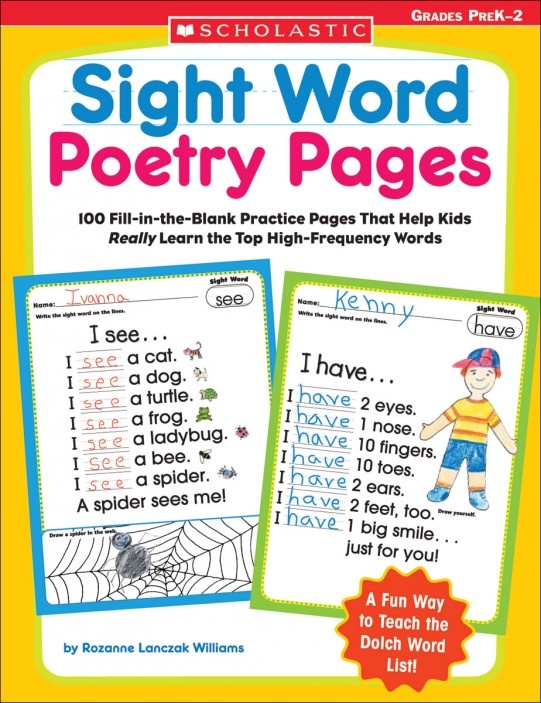 W. (1936). A basic sight vocabulary. The Elementary School Journal, 36(6), 456-460.
W. (1936). A basic sight vocabulary. The Elementary School Journal, 36(6), 456-460.
Dolch Rankings were found on lists at K12 Reader and Mrs. Perkins Dolch Words.
Fry words and rankings are from: Fry, E., & Kress, J.K. (2006). The Reading Teacher’s Book of Lists. Jossey-Bass: San Francisco.
Flash Words and Heart Words defined
For instructional purposes, high-frequency words can be divided into two categories: those that are phonetically decodable and those with irregular spellings. We call high-frequency words that are regularly spelled and thus decodable “Flash Words”.
Although their spelling patterns are easily decoded, Flash Words are used so frequently in reading and writing that students need to be able to read and spell them “in a flash”. Examples of Flash Words at the CVC level are can, not, and did. Irregularly spelled words are called “Heart Words” because some part of the word will have to be “learned by heart.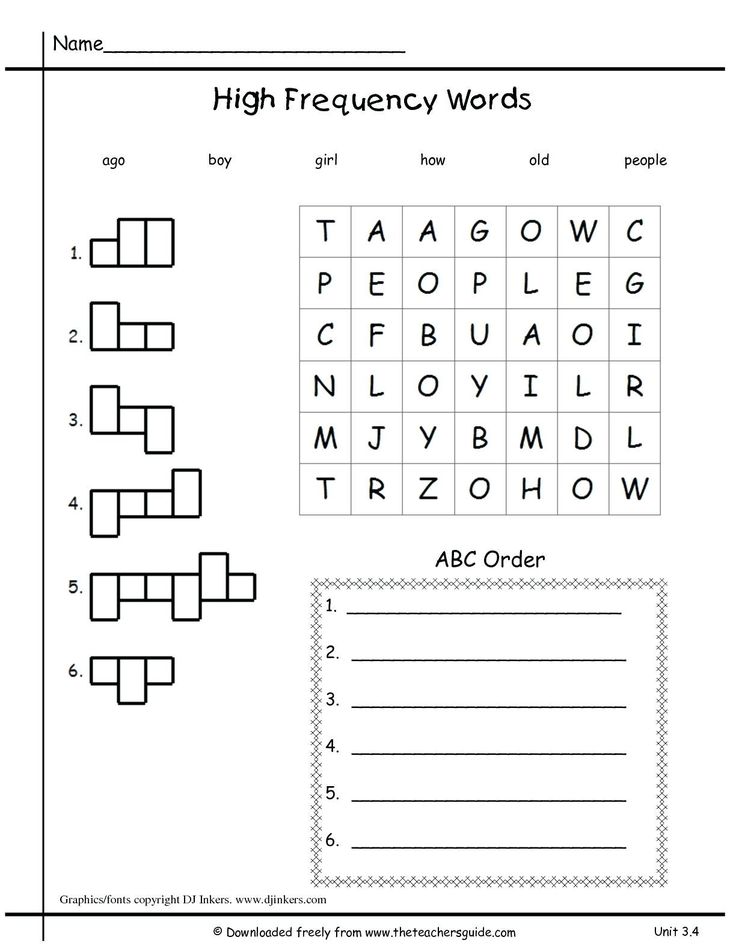 ” Heart Words are also used so frequently that they need to be read and spelled automatically. Examples of Heart Words are: said, are, and where.
” Heart Words are also used so frequently that they need to be read and spelled automatically. Examples of Heart Words are: said, are, and where.
Words on any high-frequency word list can easily be categorized into Flash Words and Heart Words. However, be cautioned that a word may change categories. For example, early in a phonics scope and sequence, see may be a Heart Word because the long e spelling patterns haven’t been taught. When students learn that ee spells long /e/, see becomes a Flash Word. Further, many of the Heart Words can be categorized into words with similar spellings. This article categorizes words on the Dolch List of 220 High-Frequency Words (Dolch 220 List)1. The method we use to categorize words on the Dolch 220 List works with any high-frequency word list.
Flash Words
One hundred and thirty-eight words (63%) on the Dolch 220 List are decodable when all regular spelling patterns are considered. Tables 2A, 2B, and 2C show the 138 decodable words categorized by spelling patterns. These tables can help teachers determine when to introduce the words during phonics lessons. Table 2A may be most useful for teachers of beginning reading because it lists the 60 one-syllable decodable words with the short vowel spelling pattern.
Tables 2A, 2B, and 2C show the 138 decodable words categorized by spelling patterns. These tables can help teachers determine when to introduce the words during phonics lessons. Table 2A may be most useful for teachers of beginning reading because it lists the 60 one-syllable decodable words with the short vowel spelling pattern.
Table 2A: Flash Words (Decodable Words)
60 One-Syllable Words with Short Vowel Spelling Patterns
(Numbers in parentheses are the Dolch frequency ranking)
| VC | CVC | Digraphs | Blends | Words Ending in NG and N |
|---|---|---|---|---|
| (Sorted by vowel spelling) | (Sorted by vowel spelling) | (Sorted by digraph) | (Sorted by ending blends, then beginning blends) | (Sorted by ending letters) |
| at (21) | had (20) hot (203) | that (14) | and (3) | sing (213) |
| am (37) | can (42) but (19) | with (23) | just (78) | bring (155) |
| an (72) | ran (111) run (163) | then (38) | must (149) | long (167) |
| it (8) | him (22) cut (188) | them (52) | fast (182) | thank (216) |
| in (10) | did (45) get (51) | this (55) | best (210) | think (110) |
| if (65) | will* (59) yes (60) | much (142) | went (62) | drink (159) |
| on (17) | big (61) red (80) | pick (185) | ask (70) | |
| off* (132) | six (120) well* (109) | wish (217) | its (75) | |
| up (24) | sit (191) let (112) | when (44) | jump (98) | |
| us (169) | not (49) tell (141) | which (192) | help (113) | |
| got (93) ten (153) | stop (131) | |||
| black (151) |
*Students easily understand that two consonants at the end of a word spell one sound.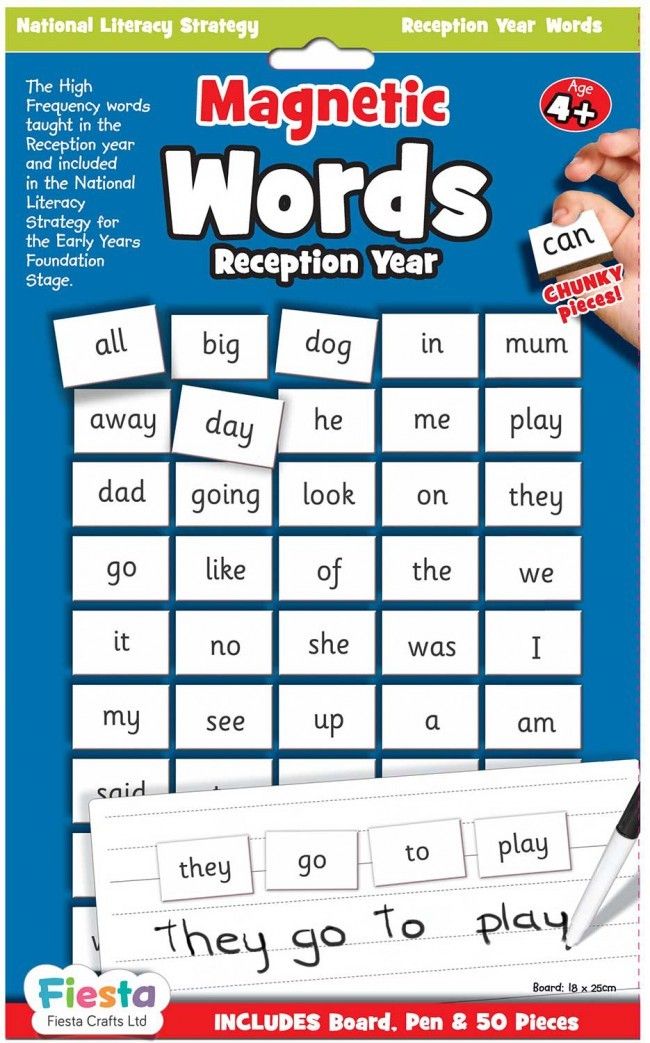
1The source for words on the Dolch 220 List is: Dolch, E. W. (1936). A basic sight vocabulary. The Elementary School Journal, 36(6), 456-460. Tables in this article show frequency rankings for words on the Dolch 220 list. Rankings for words on the Dolch 220 List can be found in many places, but we did not find a primary source that can be attributable to Dr. Dolch.
Rankings were retrieved on March 15, 2013, from K12 Reader and Mrs. Perkins Dolch Words.
Flash Words that can be taught with spellings students know will vary at any given time, depending on which phonics patterns students have been taught. For example, the words had, am, and can will be decodable when students have learned short /a/ and VC and CVC spelling patterns. That, when, pick, and much will be decodable after students learn digraphs and can read words with digraphs. The words just, went, black, and ask will be decodable when students learn to read words with blends.
Flash Words should be introduced when they fit into the phonics pattern being taught, which is different from teaching them based on their frequency of use.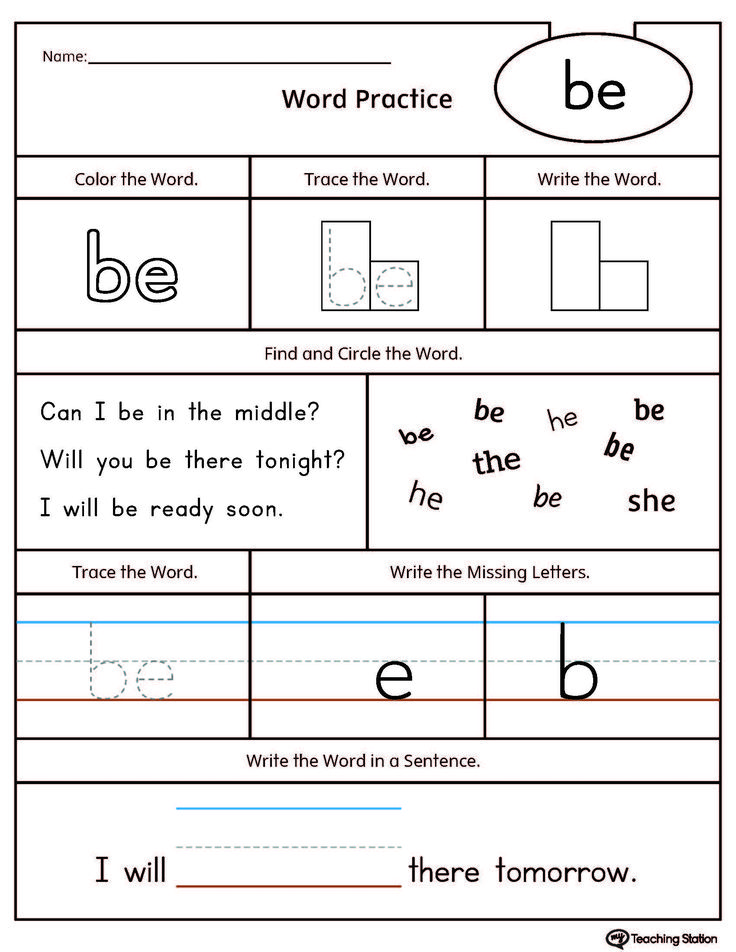 Flash Words are different from other decodable words only because of their frequency. They are called Flash Words because students will need lots of practice to read and spell these words “in a Flash”. These are called “Flash Words” instead of “sight words” because students do not have to memorize any part of Flash Words. They can use their knowledge of phonics patterns to read and spell the words.
Flash Words are different from other decodable words only because of their frequency. They are called Flash Words because students will need lots of practice to read and spell these words “in a Flash”. These are called “Flash Words” instead of “sight words” because students do not have to memorize any part of Flash Words. They can use their knowledge of phonics patterns to read and spell the words.
Flash Words with advanced vowels to teach with early phonics instruction
Table 2B shows 60 one-syllable words with more advanced vowel spelling patterns. A few of these are so frequent that they will need to be taught when students are still learning the short vowel spelling patterns (VC and CVC) during phonics lessons.
Table 2B: Flash Words (Decodable Words)
60 One-Syllable Words With R‐Controlled, Long, and Other Vowel Spellings
(Numbers in parentheses are the Dolch Frequency Ranking)
| r-Controlled Vowels | CV Long Vowel | VCe (silent e) | Vowel Teams with Long Vowel Sounds | Vowel Teams with Other Vowel Sounds |
|---|---|---|---|---|
| (Sorted by vowel spelling) | (Sorted by vowel spelling) | (Sorted by vowel spelling) | (Sorted by vowel sound, then vowel spelling) | (Sorted by vowel sound, then vowel spelling) |
| for* (16) | I* (6) | came (69) | play (127) | out* (31) |
| or* (123) | he* (4) | take (94) | may (130) | round (140) |
| start (150) | she* (15) | make (114) | say* (183) | found (200) |
| far (205) | be* (33) | made (162) | see* (48) | down* (40) |
| her* (28) | we* (36) | gave (164) | green (99) | now* (66) |
| first (146) | me* (58) | ate (177) | sleep (116) | how* (88) |
| hurt (186) | go* (35) | like (53) | keep (143) | brown (117) |
| so* (47) | ride (76) | three (170) | look (26) | |
| no* (68) | five (119) | eat (125) | good (82) | |
| my* (56) | white (152) | read (197) | new (148) | |
| by* (103) | clean (208) | soon (161) | ||
| fly (138) | right (90) | draw (207) | ||
| try* (147) | light (184) | saw* (106) | ||
| why (198) | own (199) | |||
| show (202) | ||||
| grow (209) |
* Many programs teach these words as Heart Words when students are still learning to read words with short vowels.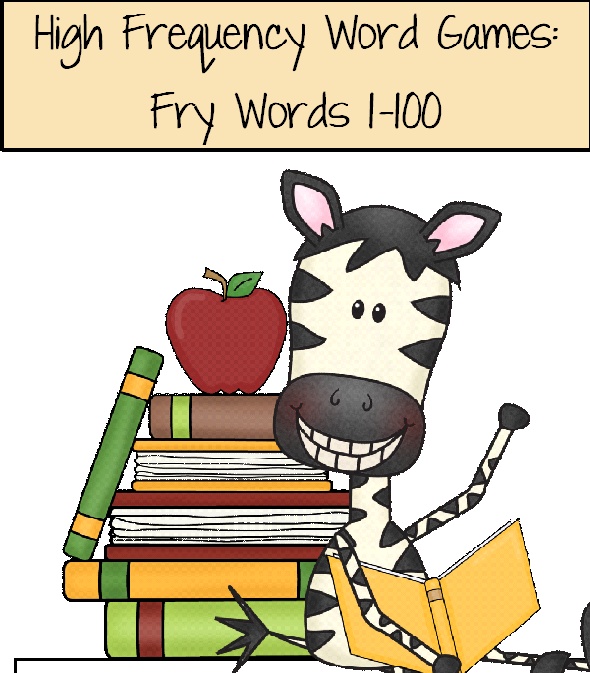
Traditionally, many words in Table 2B would be taught as “sight words” and not included as part of phonics lessons. These words might be introduced as they are encountered in a story, or they might be taught in order. For example, he would be taught as high-frequency word #4, then she taught as high-frequency word #12, with we (#26), be (#33), and me (#58), following later.
Under the new model, words with asterisks in Table 2B are still introduced when short vowels are being taught. The difference in the new model is that these words are grouped together by vowel spelling pattern to make it easier for students to remember the words. Instead of teaching he in isolation as a word to be memorized, we teach he, be, we, me, and she together (as shown in the CV column in Table 2b) and point out that the letter e spells the long e sound. Go, no, and so can be taught together, as can my, by, and why.
Students will learn words more easily when grouped together by similar spelling than by memorizing words one at a time as whole units. If the curriculum requires a Flash Word to be taught before the vowel pattern has been introduced, teachers can refer to Table 2B to find words that can be grouped together.
Flash Words with two and three syllables
Table 2C shows 16 Flash Words with two syllables and one Flash Word with three syllables. We recommend teaching these words after students have learned to read two‐syllable words in phonics instruction. If these words must be introduced earlier, students will learn them more easily if the teacher breaks the words into syllables and shows any known letter sounds in each syllable. This way students learn to read each syllable and blend the syllables into a word, instead of having to memorize the whole word.
Table 2C: Flash Words (Decodable Words)
17 Two-Syllable Words and 1 Three-Syllable Word
(Numbers in parentheses are the Dolch Frequency Ranking)
| CVC | "A" Spells Schwa in First Syllable | Short Vowels and r-Controlled Vowels | Short Vowel and Long Vowel | All Other Two-Syllable Words | Three-Syllable Word |
|---|---|---|---|---|---|
| seven* (134) | about* (84) | after (108) | myself (139) | little (39) | every** (96) |
| upon (211) | around* (85) | never (133) | open* (165) | over (73) | |
| away* (101) | better (172) | funny (175) | going (115) | ||
| under (196) | yellow 118) | ||||
| before (124) |
* These words have a schwa sound in the first or second syllable.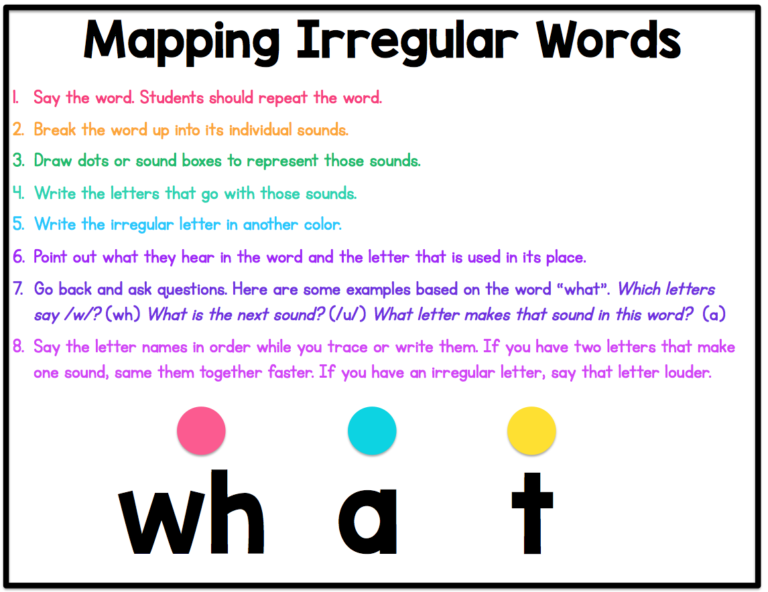
** This word is often pronounced with two syllables, especially in conversation.
Heart Words
The Dolch 220 List has 82 Heart Words (37%) that are shown on Tables 3A and 3B. Heart Words have Heart Letters, which are the irregularly spelled part of the word. For example, o is the Heart Letter in the words to and do.
Some of the Dolch Heart Words with similar spelling patterns can be grouped together, even though the spelling patterns are not regular. Table 3A (on the next page) shows 45 Heart Words grouped according to similar spelling patterns. The table also lists twelve words not on the Dolch List. These twelve words have similar spelling patterns to the Dolch words listed, and the words are likely to be words already in young students’ vocabularies. For example, could and would are Dolch words. We recommend adding should when could and would are taught, even though it is not on the Dolch 220 List.
The groups of words in Table 3A can be added to any phonics or spelling lesson, with the Heart Letters pointed out.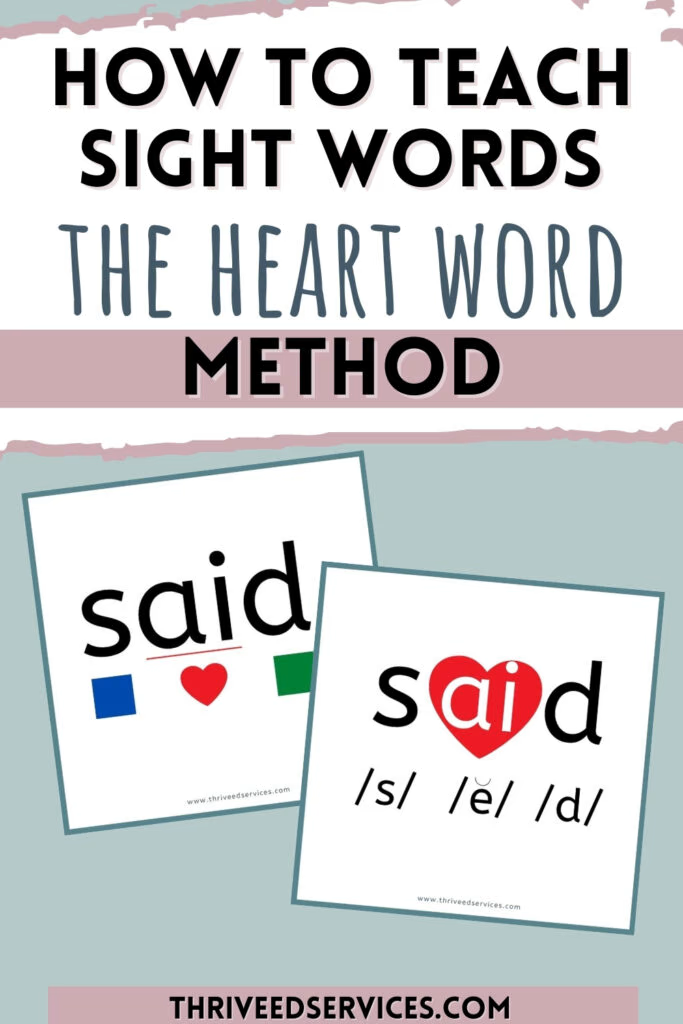 For example, the words his, is, as, and has can all be taught as VC and CVC words in which the letter s is the Heart Letter because it spells the sound /z/.
For example, the words his, is, as, and has can all be taught as VC and CVC words in which the letter s is the Heart Letter because it spells the sound /z/.
Table 3A: Heart Words
59 Words Grouped by Similar Spelling Patterns
45 Words from the Dolch List and 14 Not on the Dolch List
(Numbers in Parentheses Are the Dolch Frequency Ranking)
(Diamond [♦] indicates word is not on the Dolch List, but it fits the spelling pattern)
| Unusual Spelling Pattern | High-Frequency Words |
|---|---|
| s at the end of the word spells /z/ | his (13), is (27), as (32), has (166) |
| v is followed by e because no English word ends in v | have (34), give (144), live (206) |
| o-e spells short u /ŭ/ | some (30), come (64), done (180) |
| o spells /ōō/ (as in boot) | to (2), do (41), into (77) |
| rhyming words spelled with the same last four letters | there (29), where (95) |
| s spells /z/ in a vce word | those (179), these (212) |
| all spells /ŏll/ | all (25), call (167), fall (193), small (195), ball ♦ |
| oul spells /ŏŏ/ (as in cook) | could (43), would (57), should ♦ |
| e at the end is after a phonetic r-controlled spelling | were (50), are (63) |
| VCC and CVCC words with o spelling long o /ō/ | old (102), cold (136), hold (173), both (190) |
| CVCC words with i spelling long i /ī/ | find (167), kind (189), mind ♦ |
| words similar in meaning and spelling | one (54), once (160) |
| a after w sometimes spells short o /ŏ/ | want (86), wash (201), watch ♦ |
| ue spells /ōō/ as in boot | blue (79), glue ♦, clue ♦, true ♦ |
| u spells /ŏŏ/ (as in cook) | put (91), full (178), pull (187), push ♦ |
| rhyming words with silent l | walk (121), talk ♦ |
| rhyming words - the letter a spells short i or short e (depending on dialect) | any (83), many (218) |
| oo at the end of a word spells /ōō/ (as in boot) | too (92), boo ♦, moo ♦ |
| or spells /er/ | work (145), word ♦, world ♦ |
| uy spells long i /ī/ | buy (174), guy ♦ |
Teaching Heart Words
Table 3B shows 37 Heart Words not easily grouped by spelling patterns.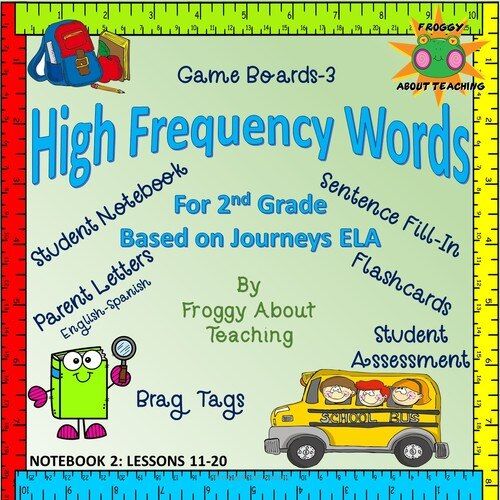 Most of the words are more difficult for spelling than for reading.
Most of the words are more difficult for spelling than for reading.
As with all Heart Words, these words can also be incorporated into phonics instruction when students learn to read the regularly spelled letters a word. For example, when students know the digraph th, they and their can be introduced. The digraph th in both these Heart Words is a regular spelling for the sound /th/. The Heart Letters are ey in they and eir in their. Similarly, the Heart Letter in the word what is a, and the Heart Letter in the word from is o.
Table 3B: Heart Words
37 Words that Do Not Fit into Spelling Patterns
(Numbers in parentheses are the Dolch Frequency Ranking)
| the (1) | very (71) | here (105) | does (154) | use (181) |
| a (5) | yours (74) | two (122) | goes (156) | carry (194) |
| of (9) | from (81) | again (126) | write (157) | because (204) |
| you (7) | don’t (87) | who (128) | always (158) | together (214) |
| was (11) | know (89) | been (129) | only (168) | please (215) |
| said (12) | pretty (97) | eight (135) | our (171) | shall (219) |
| they (18) | four (100) | today (137) | warm (176) | laugh (220) |
| what (46) | their (104) |
Students enjoy drawing a heart above Heart Letters, and the hearts help them remember the irregular spellings.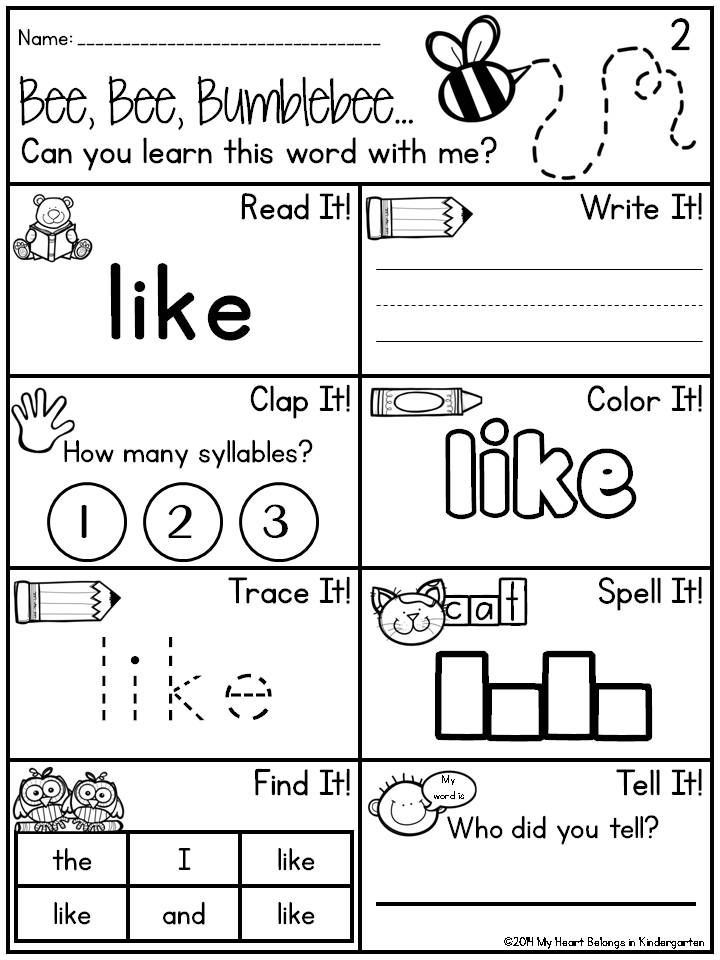
For example, in the word said, the hearts would go above ai because those letters are an unexpected spelling for short e (/ĕ/). A student’s practice card for the word said is shown at the right.
Implementing the new model
In order to implement the new phonics-based model for teaching high-frequency words, teachers will need to fit high-frequency words into phonics instruction. To do this, generally a committee of three or four kindergarten and first grade teachers organizes their lists of high-frequency words according to Heart Words and Flash Words by spelling patterns. Next they determine when and how high-frequency words fit into the phonics scope and sequence. These same teachers provide professional development to show other teachers how to implement the new model.
Sometimes a coordinated effort to change the way high-frequency words are taught is not an option, and teachers are able to only partially implement the suggestions in this article.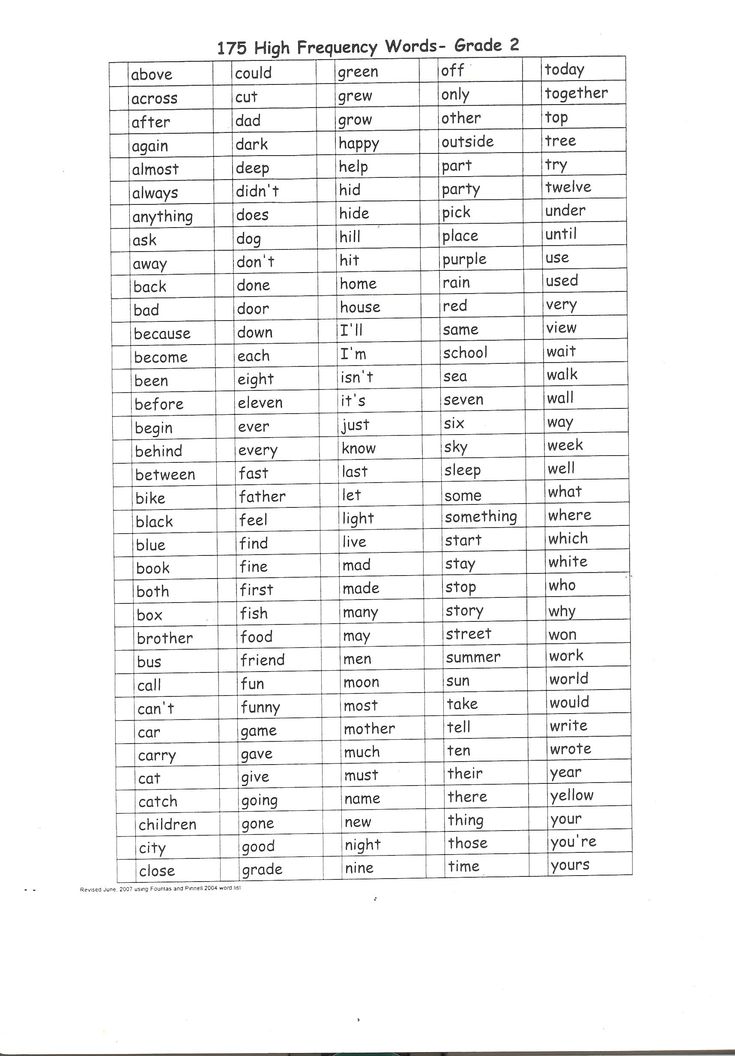 These teachers continue to introduce the words as determined by their curriculum. However, they tell students whether the “sight word” is a Flash Word or a Heart Word, and they introduce the words by teaching letter–sound relationships as outlined in this article. Further, teachers introduce words with similar spelling patterns whenever possible. For example, if only the word would is scheduled to be introduced, they also teach could and should, which fit the spelling pattern. Finally, these teachers do not hold students accountable for high-frequency words that are beyond the spelling patterns that have been taught in phonics lessons.
These teachers continue to introduce the words as determined by their curriculum. However, they tell students whether the “sight word” is a Flash Word or a Heart Word, and they introduce the words by teaching letter–sound relationships as outlined in this article. Further, teachers introduce words with similar spelling patterns whenever possible. For example, if only the word would is scheduled to be introduced, they also teach could and should, which fit the spelling pattern. Finally, these teachers do not hold students accountable for high-frequency words that are beyond the spelling patterns that have been taught in phonics lessons.
The new model allows a different approach for working with students who have difficulty learning high-frequency words. For example, students working on short vowel patterns may confuse her and here, which are often introduced early as part of the “sight word” list. A teacher who recognizes the source of this confusion would not expect students to continue trying to memorize the two words.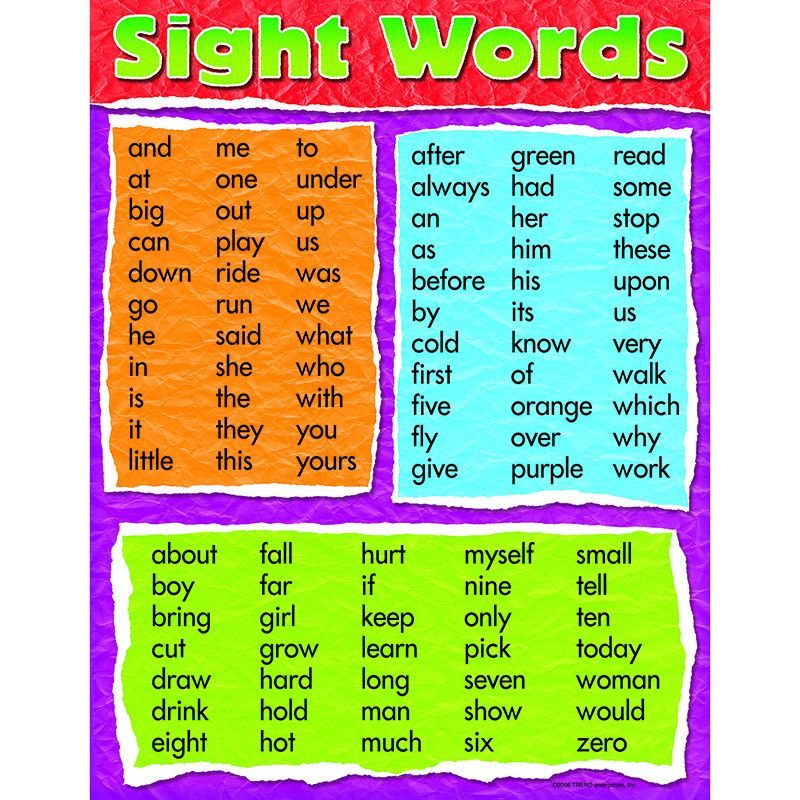 Instead, the teacher would include her as part of instruction on r-controlled vowels and include here when silent e is taught. Students will be less likely to misread or misspell these words when they understand the relation of the spelling er to the sound /er/ and the spelling ere to the sound /ēr/.
Instead, the teacher would include her as part of instruction on r-controlled vowels and include here when silent e is taught. Students will be less likely to misread or misspell these words when they understand the relation of the spelling er to the sound /er/ and the spelling ere to the sound /ēr/.
Traditionally, students would have continued struggling with and failing to memorize these easily confused words. With the new model, those students are not held accountable for accurately reading and spelling the words until they can understand and use the sound–spelling correspondences. All teachers using this approach say that students learn to spell and read the words much more easily than with the traditional approach.
About the authors
Linda Farrell and Michael Hunter are founding partners of Readsters, LLC. They provide professional development and write curriculum to support excellent reading instruction to students of all ages.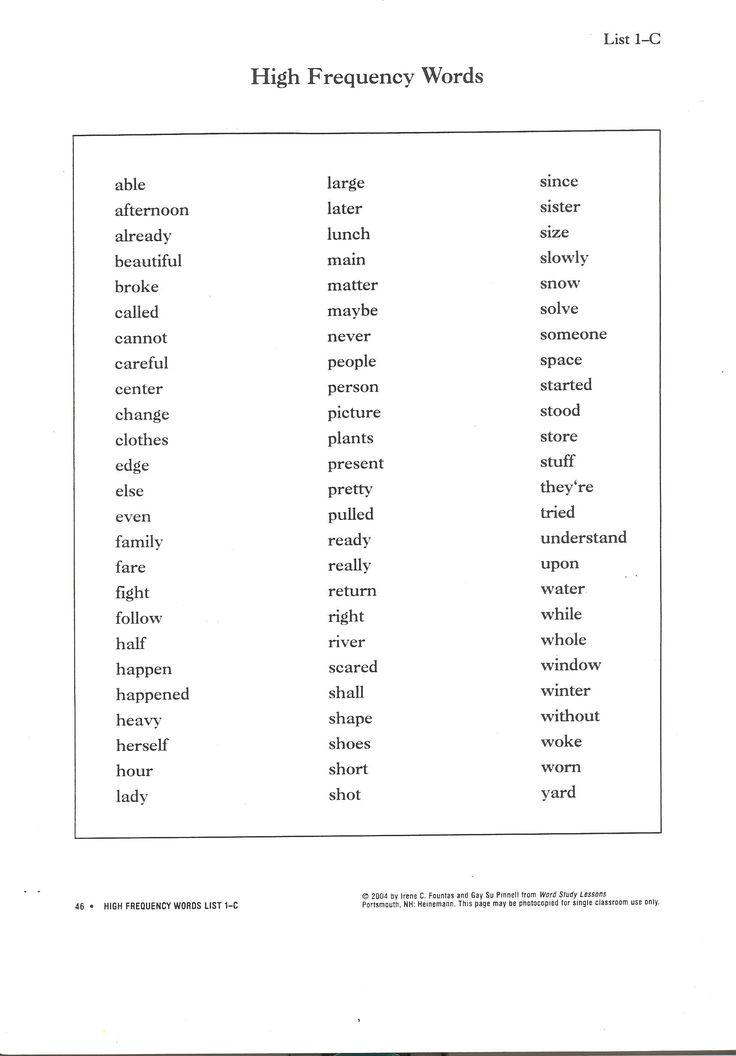 Their favorite work is in the classroom where they can model effective reading instruction and coach teachers. Their most unusual work so far has been helping develop early reading instruction for children in Africa who are learning to read in 12 different mother tongue languages that Linda and Michael don’t even speak.
Their favorite work is in the classroom where they can model effective reading instruction and coach teachers. Their most unusual work so far has been helping develop early reading instruction for children in Africa who are learning to read in 12 different mother tongue languages that Linda and Michael don’t even speak.
Tina Osenga was a founding partner at Readsters, and she is now retired.
High Frequency words: A teacher's guide
What are High Frequency Words?
The words that are most frequently used in the written text are called High Frequency Words. For example, 'the,' 'have,' and 'to,' may not have any specific meaning on their own, but these words contribute considerably in providing meaning to a sentence as a whole. Some high frequency words are also called sight words or tricky words. These words are not only difficult to sound out, but most of these also have a relatively abstract meaning which is difficult to explain to young learners.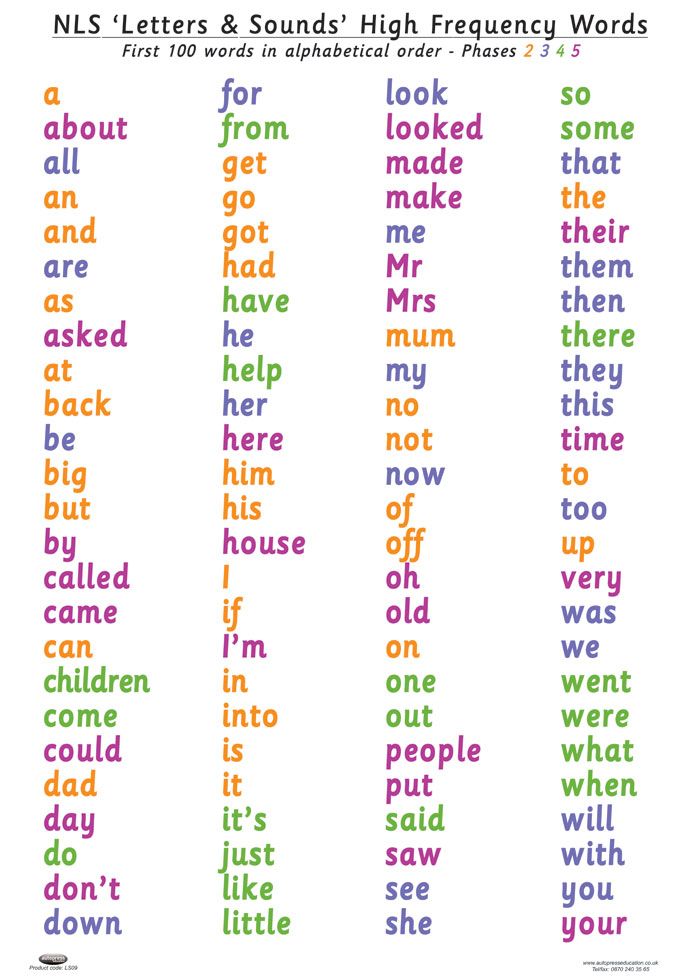 It is easy for children to learn words like "apple" and "boat" because these can be easily related to a picture or a real object, but it's tricky to explain the words like "of" or "the" because there's no point of reference.
It is easy for children to learn words like "apple" and "boat" because these can be easily related to a picture or a real object, but it's tricky to explain the words like "of" or "the" because there's no point of reference.
Phonics is the foundation of reading, and teaching children to sound out words correctly helps them learn to recognise letters and sounds.Many schools still use traditional methods of teaching phonics, which often lead to frustration among children who struggle to understand the rules. Children can often encounter an irregular spellings that don't meet any obvious CVC spelling patterns. An unexpected spelling often contradicts what is taught within formal phonics instruction. Using frequency word sheets might help children to quickly identify these tricky words without having to identify and blend all the letter sounds.
Fortunately, there are now several effective ways to teach phonics. One method involves breaking down words into syllables (a vowel plus consonant) and teaching each syllable separately. This approach makes learning to read simple because it focuses on individual sounds rather than whole words. Primary schools are bombarded with advice around reading and it's sometimes difficult to make sense of the latest phonics programme when it might contradict what you have been taught during teacher training. The Internet is scattered with printable teaching resources and phonics lessons. The important thing is school needs to focus on is consistency throughout the different year groups.
One method involves breaking down words into syllables (a vowel plus consonant) and teaching each syllable separately. This approach makes learning to read simple because it focuses on individual sounds rather than whole words. Primary schools are bombarded with advice around reading and it's sometimes difficult to make sense of the latest phonics programme when it might contradict what you have been taught during teacher training. The Internet is scattered with printable teaching resources and phonics lessons. The important thing is school needs to focus on is consistency throughout the different year groups.
Another popular method is called Whole Language, which teaches children to identify letter patterns and blend sounds together. The goal is to help children develop a strong vocabulary and become familiar with different types of words. Whole language is based on the idea that children should be taught to read through real books instead of just being given worksheets. Children need to hear words spoken aloud, and they need to practice recognizing and blending sounds together.
Children need to hear words spoken aloud, and they need to practice recognizing and blending sounds together.
Finally, some teachers prefer to combine phonics and whole language. They break down words into syllables and teach children to recognize those syllables individually. Then they teach children to blend the syllables together to form complete words. There are pros and cons to each method, but the bottom line is this: Teaching children to read well is one of the most powerful tools parents and teachers can facilitate.
Why is it important to focus on high frequency words?
Children frequently come across high frequency words while reading texts. Due to this, it is important for the children to pronounce these words, read them correctly, spell them, and know what they indicate within a sentence.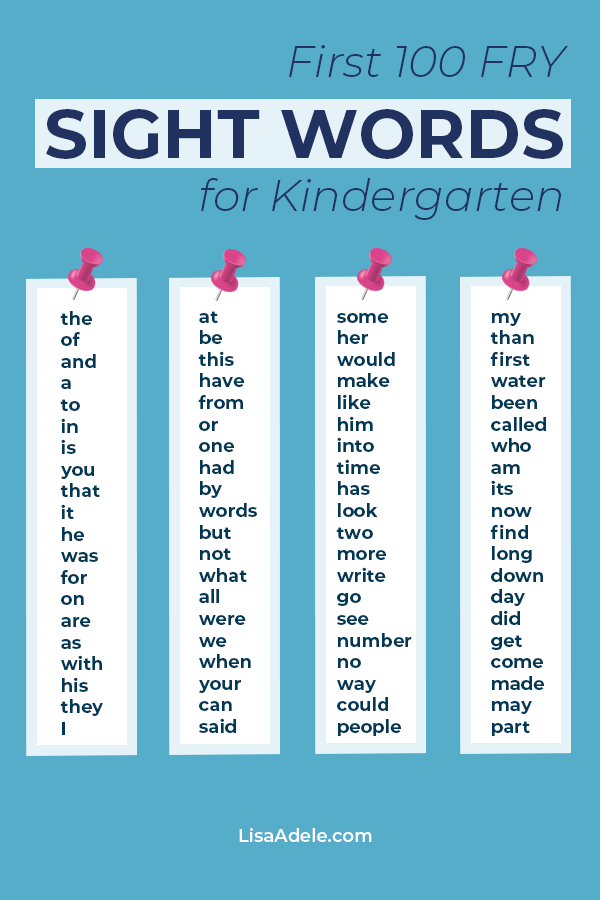 These words are considered to be a crucial part of literacy development as children will be frequently using these words in writing too.
These words are considered to be a crucial part of literacy development as children will be frequently using these words in writing too.
Research suggests that there are 16 high frequency words that constitute around a quarter of every text, for both children and adults, which shows exactly why it is important for children to understand these words.
Words like 'I' 'and' 'he' and more complex words such as 'then' 'that' and 'went' are commonly used as we read and write. An educated adult might not notice, but these words can be very tricky for children if they aren't taught how to use these words properly.
Learning and being able to identify high frequency words offers more confidence to the children. If a young learner can already identify a quarter of the words in a written text, they are more likely to become more interested to continue reading.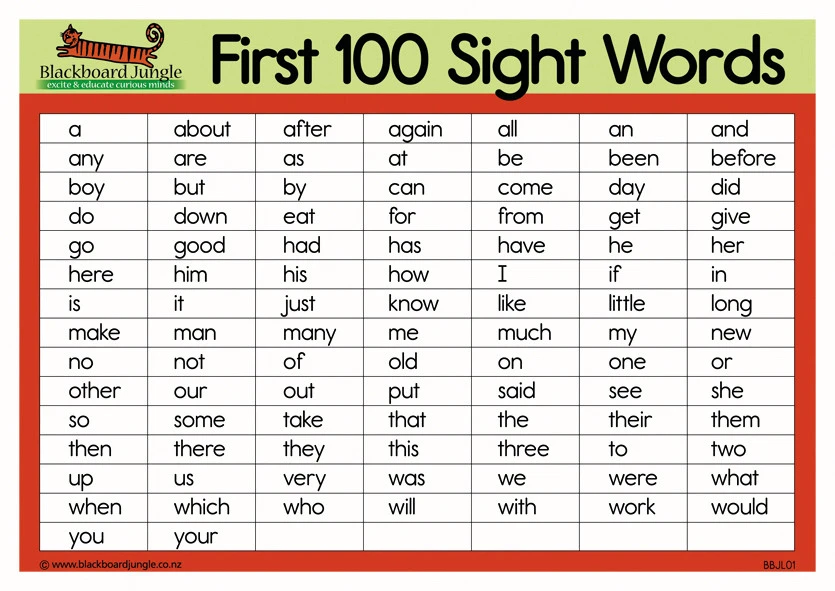 Being able to recognize and read high frequency words can make reading and writing easier for children in the early years of their educational life.
Being able to recognize and read high frequency words can make reading and writing easier for children in the early years of their educational life.
A list of high frequency words
What are the strategies to teach children high frequency words?
Phonics as a whole and high frequency words constitute a fundamental part of a young learners' primary education. These establish the basis for writing and reading. Therefore, it is important to teach high frequency words effectively. Following are some of the tools that can be used to teach high frequency words to the students:
- Flashcards: These provide the most popular way to teach high frequency words. The teacher may cut mini flashcards out and use them to play a variety of activities and frequency word games that involve repetition and improve students' memory of high and medium frequency words.
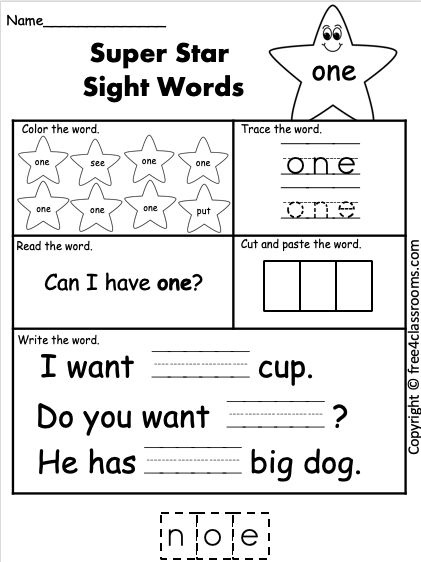 Every week flashcards can be replaced with new flashcards having more complex words in terms of frequency.
Every week flashcards can be replaced with new flashcards having more complex words in terms of frequency.
- Dictation passages: These act as a great source to assess children's knowledge of high frequency words and reading skills at the same time. Young learners are provided with a piece of writing with the blank spaces and they are asked to fill in the blanks with the missing high frequency words. This is a kind of activity, which makes children familiar with the high frequency words themselves and helps them to enhance their fluency of reading at school.
- Daily reading sessions: These take place in the classroom and children may also get high frequency word lists for home which they have to memorize every week.
- Look, cover, write, check: It is a popular way to teach high frequency words to the students.
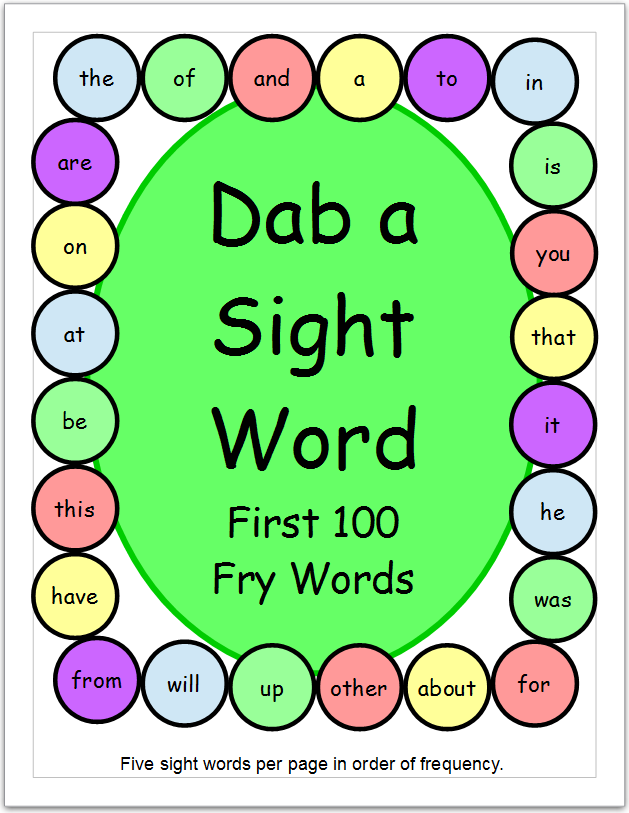 Children say the word in a loud voice as well as spell and write these words correctly. This method is effective for word recognition, of the words as well as memorization of the sounds.
Children say the word in a loud voice as well as spell and write these words correctly. This method is effective for word recognition, of the words as well as memorization of the sounds.
- At Structural Learning, we have been using a playful approach using the block building process. Children can quickly build words using different phonics combinations.
Developing vocabulary using Writers Block
How to help children practise using high frequency words?
Teaching high frequency words to children is just the initial part of the process. To improve their learning, young learners need practice.
A popular way to practise high frequency words is to use a word mat. A word mat contains high frequency lists of 100 to 200 words that the young learners need to know. These mats provide a powerful revision and visual tool in the classroom, and children may use them when they are reading or writing.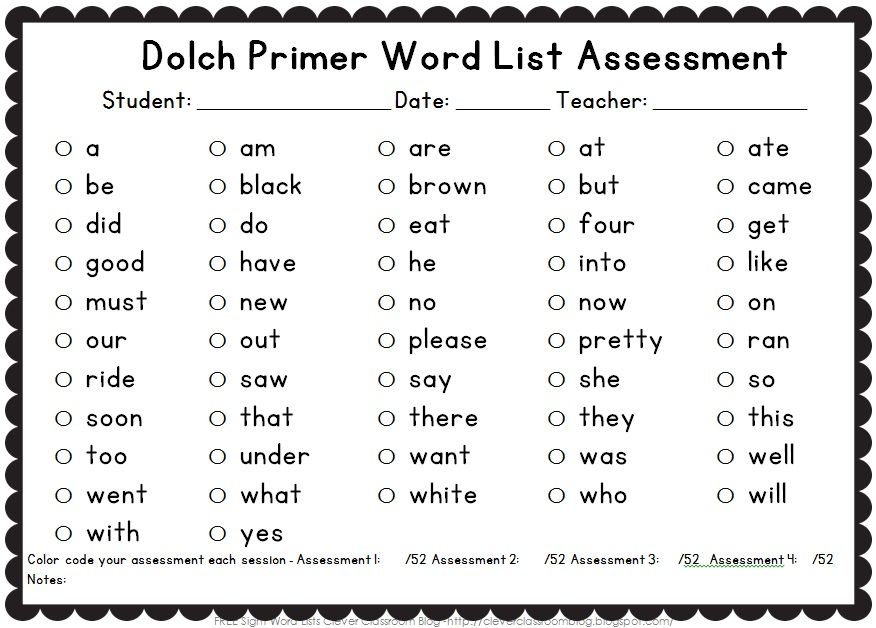
Another effective way is a word search. When children are looking for high frequency words, they don't only learn how to spell these words but also develop strong word recognition skills. A word search is an incredible visual tool and also a fun way for young learners to practise this significant part of their learning.
Teachers may improve their young learners' beginner reading skills by engaging them in a high frequency words game! By concentrating on mastering the most widely used words, a high frequency words game may help a child develop his reading proficiency. After learning to read and write high frequency words children will not only build on their vocabulary, but they will also learn new sight words, and improve their reading comprehension.
Teachers may display high frequency words in a visually stimulating and engaging way so that children may consistently review their high-frequency words lists.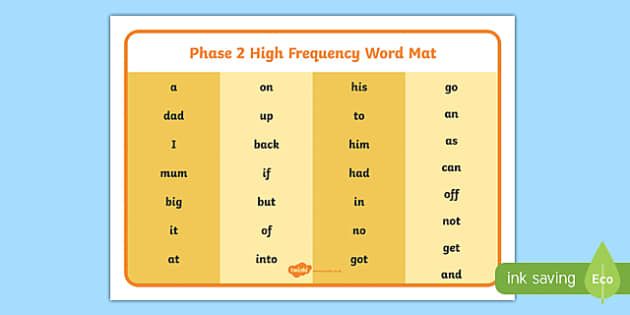 These can be high-frequency word cards, resource packs, word mats, spelling resources, posters, or anything that can be displayed in the classroom which can be used by the children to check and refer to.
These can be high-frequency word cards, resource packs, word mats, spelling resources, posters, or anything that can be displayed in the classroom which can be used by the children to check and refer to.
Building words using Writer's Block
Embedding high frequency words into classroom practice
One more way to help children practise high frequency words is through playing a memory game in the classroom. A memory game may enhance other brain functions, such as focus, concentration and attention. A good memory game that improves short-term memory can have a positive impact on a person's long-term memory too. If you are interested in this area you might want to look at our article on retrieval practice.
Despite the name, this strategy can be quite engaging and helps strengthen the memory trace. The process can be embedded into reading games where children have to recall key information.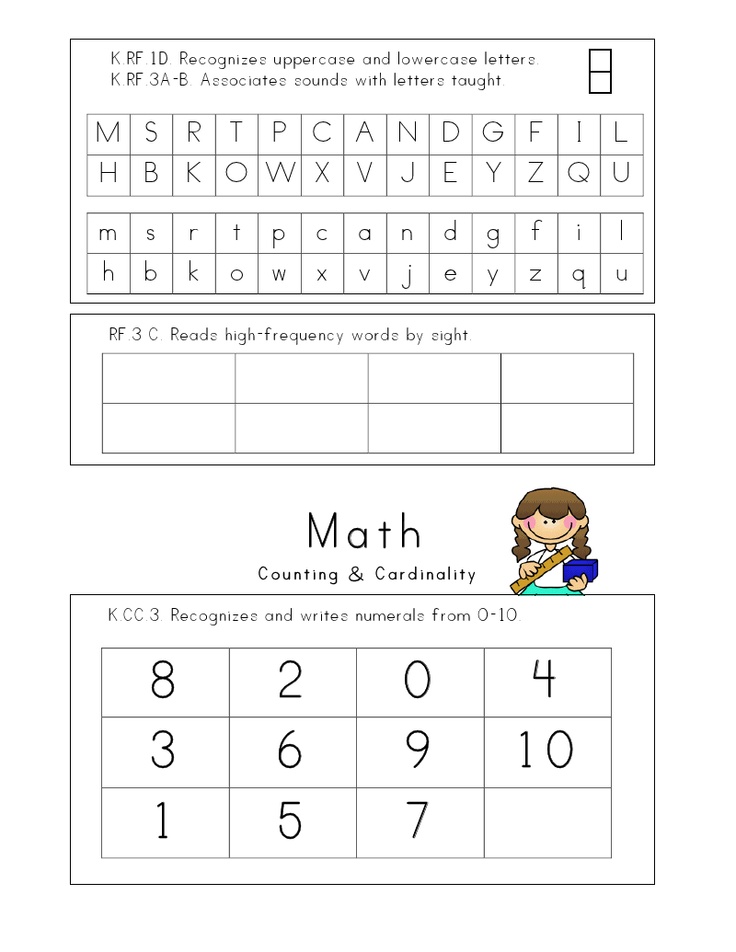 Frequency word games can be a great way of camouflaging retrieval practice into an engaging experience. Once you have established your frequency lists, you can then begin to create games around these keywords. The strategy is not restricted to the English language, MFL teachers can create French frequency lists and use the same process of retrieval.
Frequency word games can be a great way of camouflaging retrieval practice into an engaging experience. Once you have established your frequency lists, you can then begin to create games around these keywords. The strategy is not restricted to the English language, MFL teachers can create French frequency lists and use the same process of retrieval.
High frequency words are those words that occur most frequently in written texts, for example, "it", "as", "the" and "with". These building-blocks of vocabulary have little meaning alone, but they contribute considerably as a whole to the meaning of a sentence. These are the words that may not be able to be pictured, and as such, they simply must be understood and memorized.
It is recommended that children learn how to read these words as these words will make up a huge proportion of the words young learners will be reading in everyday texts.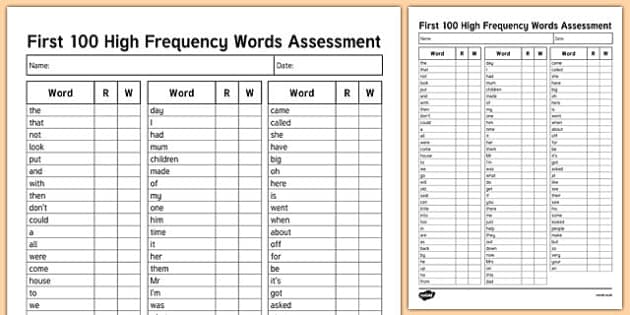 They must also learn to spell high frequency words as they would frequently use these a great deal in their writing. Good readers are quick to identify high frequency words, they don't have to work hard to decode them. Sight words are most likely to be "high-frequency" words, which appear most frequently in our language.
They must also learn to spell high frequency words as they would frequently use these a great deal in their writing. Good readers are quick to identify high frequency words, they don't have to work hard to decode them. Sight words are most likely to be "high-frequency" words, which appear most frequently in our language.
How to learn English words: the best tricks ‹ Ingleks
Want to learn how to learn English words quickly and easily? We will tell you how many words you need to know, where to get them from, what tools to use and how to learn all this in general. Use at least a few tips and you can expand your vocabulary.
Content:
- 1. How many English words do you need to know
- 2. Where to get new English words
- 3. Tools for learning new words
- 4. Useful tips on how to learn English words effectively
All students are interested in the question: "How to learn English words?" The more vocabulary we know, the better we understand what the heroes of our favorite English films are talking about, what is written on the Tate Modern museum plaques, and how favorable the terms of the deal are offered by our partners from the USA. Today we will give some recommendations that will help you learn new vocabulary effectively.
Before that, we advise you to watch the webinar of our methodologist Yulia on the topic “How to learn English words”.
How many English words do you need to know? It will show your approximate vocabulary which you can compare with the average scores of native speakers and English learners. On average, 3,000 - 4,000 words will be enough to communicate on most topics.
However, we want to warn you: do not rely solely on the results of the test. It can only give a rough estimate of your vocabulary.
Our English Level Chart has a Vocabulary column that tells you how many words you need to know at each level.
And now let's find out what English words you need to learn:
- Basic vocabulary needed to understand foreign speech.
There are eternal topics like "Greeting", "Family", "Food" - every person needs to know them.
- The words you need. If you need English for work, learn general business terminology or more specific industry terminology, such as for IT professionals. If you want to travel more, learn travel phrasebooks.
- Mastering all the lexical sets is impossible and pointless. Why do you need medical topics if you are not a practicing doctor? Except for watching "Doctor House" :-) Consult with an experienced English teacher, he will tell you exactly what to study.
Where to get new English words
1. Favorite movies, series, songs, podcasts, books
This method is good because words are remembered in a context that is not boring for you. If you already watch films in English, you should take vocabulary from there. We advise you to use the resource ororo.tv. It is paid, but worth the money: you can watch new movies and TV shows in good quality with Russian and English subtitles. As soon as you come across an unfamiliar word, click on it and it will automatically go into your personal dictionary of new words.
The texts of most English-language songs can be found on the Amalgam resource. Or use the search bar in the browser: enter the name of the song and add the word lyrics. We also recommend a selection of podcasts, audio series and radio shows, as well as resources for downloading books online.
2. Special textbooks
Vocabulary books will help you learn new words and set expressions in which they are used. The benefits of manuals are that they provide lists of words along with examples of their use, so words are learned in context. We have presented a detailed review of textbooks for learning English vocabulary, be guided by it to choose the best manual.
3. Lists or dictionaries of high-frequency words
How do you know if it is worth memorizing the next new English word that you meet? It may have fallen into disuse or is rarely used. You can refer to lists of words that are most commonly used by native speakers. We recommend you lists from the Oxford Dictionary - The Oxford 3000 British Dictionary and The Oxford 3000 American Dictionary. These are the 3,000 most important words any English learner should know. They have been carefully selected by linguists and experienced teachers. You can recognize these words in the Oxford dictionary itself by the key icon.
Tools for learning new words
1. Word cards
This technique may seem old-fashioned, but it is still effective. All students at least once in their lives started cards and tried to learn new vocabulary from them. It is convenient and affordable: no need to spend money, because you write them yourself, and you can take the cards with you anywhere.
Before making cards, you need to choose a good dictionary that will help:
- pick up translation;
- get acquainted with typical phrases in which the word is used;
- study examples.
Then you should decide whether you will make paper or electronic vocabulary cards.
Paper cards
Color blocks are recommended (one color = one theme). Beginners can choose one of the following options:
- On one side of the piece of paper we write the word in English, on the other - in Russian. We test our knowledge: we translate a word from Russian into English and vice versa.
- On the one hand, we write the word in English and paste the picture, on the other hand, the translation into Russian. This method is well suited for people with associative thinking. In your mind, you associate a new English concept with the subject it denotes.
- On the one hand, we write a word in English with a Russian context, on the other hand, a word in Russian without a context. When repeating vocabulary, try to translate the concept from Russian into English. And with the translation in the opposite direction, the second side of the card with the Russian context will help you.
- More experienced students are advised to use English-English dictionaries, such as the Macmillan Dictionary. On one side we write the word in English, on the other - its definition in English. You can also write synonyms and antonyms of the concept under study.
- And how to learn vocabulary? Remembering English words is best in context. Therefore, you can write on the card not just a word, but a sentence in which it is used. Examples of sentences can be found in electronic dictionaries, such as ABBYY Lingvo.
E-cards
If it's hard to get away from your computer, use your affection for good: create virtual stickers with words on your desktop and in a few days you will remember them well.
To create electronic vocabulary cards, we recommend the Quizlet service, which allows you to memorize words in different ways: choose the correct translation from four offered, fill in gaps in sentences and play games with words. Here you can also track your progress: which words are harder for you than others, how quickly you learn new vocabulary. There is an app for Android and iOS. An alternative resource is Memrise. Its free version has limited functionality, but it will be enough for compiling flashcards.
You need to constantly work with cards: review and repeat the learned vocabulary. Periodically change the cards to new ones, and after 1-2 weeks return the old ones again to repeat the words.
2. Vocabulary notebook
This method is good for those who constantly lose something: the cards are unlikely to last long :-)
You can structure the notebook in any way you like. We present our version. Each page must correspond to a specific day. At the top, write the dates of the repetition of the words. In order for the studied vocabulary to be well fixed in memory, do not forget to train it. To do this, use the techniques described by us in the article "How to repeat so as not to forget anything. "
3. Mind map
You can easily learn English words of the same subject if you draw a mind map. Such a scheme clearly shows which topic the words belong to. In the meantime, you draw it, the vocabulary will be deposited in memory. A mind map might look like this:
We recommend using Coggle to create these mind maps. You can share the result with other people, as well as download mind maps in pdf or png.
4. Learning Websites and Apps
Study on learning resources, we recommend englishteststore.net, and in the article "5 websites to learn English words" you will find even more great learning resources.
On your way to work on the subway or in line at the clinic, use every free moment to learn new words. Useful programs for your gadget can be found in the article "28 best apps for learning English on Android and iPhone".
It is enough to practice 10-20 minutes daily to feel progress.
Useful tips on how to learn English words effectively
1. Combine words by topic
How easy is it to remember English words? Groups of words related to the same topic are usually well remembered. Therefore, try to break the words into groups of 5-10 pieces and learn them.
There is the so-called Restorff effect, according to which the human brain best remembers the most prominent from a group of objects. Use this effect to your advantage: in a group of words of one subject “introduce a stranger” - enter a word from a completely different subject. For example, when studying words on the topic “Fruits”, add one word from the topic “Transport” to them, in this way your studies will become even more effective.
2. Use associations and personalization
Many students like this method: to learn a word, you need to come up with an association in Russian. For example, you need to remember the word obstinacy (stubbornness). Break it down into three syllables: ob-stin-acy, you get "stubborn as a donkey against a wall. " The word shoot (to shoot) can be remembered as "the jester shoots." You can make convenient associations yourself, the main thing is that they are clear to you and easy to remember. This will make it easier for you to increase your English vocabulary.
Learning will be effective if you not only make a word association, but also visualize it: while saying the word shoot, imagine this shooting jester, let the image turn out to be as funny and memorable as possible. Even better, a dynamic picture with your personal presence: you imagine how the jester next to you shoots someone (with a water pistol to make the spectacle comedic, not tragic). The more alive the picture, the easier it will be to remember the word.
3. Use learned vocabulary in speech
How to learn English words correctly and not forget them? Are you familiar with the use it or lose it principle? In order for knowledge to remain in memory, you need to actively “use” it. It is good practice to make short stories using new words. The best remembered vocabulary is set out in a short funny text, which is written about oneself, beloved or dear to the heart of things.
If you take a course or have an English teacher, try to put new words into the conversation as often as possible: the more times you say a word, the better you will remember it. Do not forget about spelling: try to use new words in writing.
Tell me and I forget. Teach me and I remember. Involve me and I learn.
Tell me and I will forget. Teach me and I will remember. Make me do it and I'll learn.
Learn new words and apply them immediately with the Conversation Course.
4. Regularly test your knowledge
It is useful to take various tests to determine the level of vocabulary from time to time. For example, great picture quizzes (a joy for visuals and kids) are on the Vocabulary for learners of English page. After passing such a test, you will immediately see what is deposited in your memory, and which topics or words need to be repeated.
5. Follow your daily plan
We have already told you how many words to learn per day. Recall that for the average person, it is best to learn 5-10 words a day. Be sure to follow your plan for learning new vocabulary to see progress.
6. Use entertaining learning methods
At engvid.com, native speakers explain complex information in a light, entertaining way, thanks to which new material is well remembered. On newsinlevels.com, every piece of news is adapted for different levels of English proficiency, and explanations are given for all difficult words.
You can expand your English vocabulary through fun activities such as crossword puzzles, gallows games, etc. A lot of fun is provided on the Have Fun Learning English and Vocabulary exercises pages.
7. Improve your memory
It is impossible to remember anything if you do not have a good memory. Learning a language in itself is a good exercise for our brain and improves memory. But to make it easier to remember, you can use the tips from our article “How to improve memory. Best Advice for English Learners.
8. Consider your type of perception of information
Not all methods are equally good for you. Don't try to apply everything at once. Try text, video, or audio formats and choose the ones that help you pick up new words faster. So you will come to your author's mix of techniques.
You can understand whether you are auditory, visual or kinesthetic by reading our article "Learn English according to the type of information perception."
The main thing - do not forget to move from theory to practice. Not only read useful tips on how to memorize English words quickly and easily, but also actively use them in everyday life, then you will not have to puzzle over how to improve your level of knowledge.
Do you count cards and notebooks with the words “yesterday”? Then try to learn words according to the current British textbooks in the online English courses at our school. Our students learn words and phrases in context, use them in a lively dialogue with the teacher, memorize new vocabulary easily and quickly. Try to learn English words in a new way!
© 2023 englex.ru, copying of materials is possible only with a direct active link to the source.
Training "Reader-master of the artistic word" and retraining in Svobodny
Preparation of documents in 1 day Accelerated preparation of documents thanks to remote technologies
Free delivery of originals We will deliver original documents throughout Russia at our expense.
20% discount for a set With the simultaneous registration of 5 sets of educational programs within the same group.
Name Reader-master of the artistic word
Type of training Vocational retraining (PP)
Level of education Secondary vocational, higher
Number of hours from 256 hours (possible increase on request)
Document Diploma and application with subjects
Format Remote, part-time
RUB 14,000 18 000 rubles -4000r.
The promotion is valid until 03/31/2023
Training Center for Vocational Education (UTsPO) "Kupol" invites specialists to professional retraining courses in the direction "Reader-master of the artistic word" . The purpose of the courses is the acquisition of professional competencies, the acquisition of new knowledge, the formation of unique skills necessary to perform work duties in the direction - "Reader-master of the artistic word". Training will allow specialists to expand their area of competence, increase their income and take on new positions.
Issued documents
Documents are valid throughout Russia
They have full legal force and are accepted by all employers of the Russian Federation
After completing the training in the "Reader-master of the artistic word" direction, students are issued a nominal diploma and an application with subjects, in paper and electronic (scanned copy) formats. The diploma is a valid document of education in all regions of Russia and is accepted by all employers in the country. To confirm the completion of retraining, it is enough to provide a diploma from the UTSPO "Kupol".
License of the Ministry of Education
Description of the profession "Reader-master of the artistic word"
Job responsibilities. Preparing a concert program. Conducts literary research work on the preparation of the program. Works with authors on the selection of literary material. Creates a literary composition. Carries out the direction of the reading program (independently or with the participation of a guest director). Performs as a performer with literary programs in concert halls and concert venues. He owns all the elements of internal and external acting techniques and a variety of expressive means, culture of speech, the ability to embody all the main genres of world literature in a sounding word, the author's style for embodying highly artistic literary programs, creating a variety of literary and stage images. He constantly improves his skills, independently engages in training: diction, voice, breathing, stage movement. He has at least two solo programs in his repertoire and constantly replenishes it. Preserves and maintains the external stage form.
Must know: laws and other normative legal acts of the Russian Federation concerning concert activities; the history of theatrical art; classical and modern literature and dramaturgy; theory and practice of directing and acting skills; basics of musical literacy, choreography; the laws of stage speech and stage movement; methods of independent work on a literary text; fundamentals of labor legislation; rules on labor protection and fire safety.
Qualification requirements.
Reader - master of artistic expression - leading stage master - higher professional education (culture and art) and at least 5 years of work experience as a reader - master of artistic expression of the highest category.
Outstanding stage performance; bright creative individuality; high professional skills in the performance of significant and responsible concert programs and numbers; widespread public acceptance.
Reader - master of artistic expression of the highest category - higher professional education (culture and art) and work experience of at least 3 years as a reader - master of artistic expression of the first category or secondary vocational education (culture and art) and work experience of at least 5 years in positions of the reader - the master of the artistic word of the first category.
Excellent stage performance; high professional skills in the performance of significant and responsible concert programs and numbers; public recognition.
Reader - master of artistic expression of the first category - higher professional education (culture and art) and work experience of at least 3 years as a reader - master of artistic expression of the second category or secondary vocational education (of culture and art) and work experience of at least 3 years in the position of a reader - a master of the artistic word of the second category.
High professional skills in the performance of concert programs and numbers.
Reader - master of the artistic word of the second category - higher professional education (culture and art) without presenting requirements for work experience or secondary vocational education (culture and art) and work experience of at least 3 years in the corresponding genre.
Comments on the position
The above qualification characteristics of the position "Reader - master of the artistic word" are intended to address issues related to the regulation of labor relations and the provision of an effective personnel management system in various organizations. On the basis of these characteristics, a job description is developed for the position of "Reader - Master of the Artistic Word", which contains a specific list of the employee's job responsibilities, taking into account the specifics of the organization of production, labor and management, as well as the rights and responsibilities of the employee.
For whom the course “Reader-Master of the Artistic Word” is designed
The program is intended for students and graduates of higher and secondary specialized educational institutions, both related and fundamentally different specializations. Distance learning at the UCPO "Kupol" provides additional education to expand professional competencies or employment at leading Russian enterprises.
Requirements for students
We invite everyone to study in the direction of "Reader-master of the artistic word" in Svobodny. To enter the courses, specialists need:
- have completed higher or secondary vocational education;
- Some occupations may require prior experience in a related field.
Please note that most courses do not require relevant work experience or seniority. You can get detailed advice on the required level of education and work experience from our managers when applying or through the contact forms on our website.
Terms of study
The standard syllabus for a distance vocational training course has been developed in accordance with the requirements of the regulations of the Ministry of Education. The average course duration is 256-1000 academic hours. To change the duration, it is possible to develop a personal program.
An open license obtained by the training center allows you to change the program at your own discretion: rename, add or reduce disciplines, study hours, redistribute the volume of subjects and topics.
Education format in Svobodny
In the educational center of the UTSPO "Kupol" students undergo professional training in full-time or distance formats. Thanks to this, everyone chooses a personal schedule and mode. If you need to take full-time training in our centers, please check the schedule and the number of free places in groups with our managers.
We offer standard and intensive training with rooted documents. After passing professional retraining, a diploma of the established sample is issued, valid indefinitely. The original documents are sent to students by Russian post free of charge.
Required documents for training
To apply for training, you must provide documents:
- Completed application for training in the selected program
- Details of the organization for invoicing and drawing up an agreement
- Scan of employee diplomas
- Employee's work record
Application for professional retraining
100.3 Kb
List of documents and instructions for filling out an application
75 Kb
You leave an application on the site
We will prepare a contract and an invoice
We will issue a scan of documents with registration in 1 day
Free delivery of originals
All documents of established samples
Guaranteed to pass any test
FAQ
Can I buy a diploma of retraining?
Can I buy a diploma of retraining?
Only scammers offer to buy a diploma. It is also impossible to undergo retraining without having a diploma of higher or secondary specialized education. You can buy a retraining course, quickly complete distance learning and get a diploma of retraining for the desired profession.
How to check the authenticity of a professional retraining diploma?
How to check the authenticity of a professional retraining diploma?
To check the issued documents, any interested person or employer can go to the site and fill out the form.
The answer will be sent on the official form of the training center to the specified email address.
Verification service:
https://kupol24.ru/company/servis-proverki-udostoverenij/
You can also check the issued documents in the unified register of the Ministry of Education (FRDO).
When can I get professional training? Is it mandatory or only optional?
When can I get professional training? Is it mandatory or only optional?
Mandatory retraining, unlike advanced training, is not provided for by law. However, it is worth retraining and getting a diploma if at work you perform the duties of a specialist without the appropriate qualifications. In some cases, during the checks, troubles and misunderstandings can arise.
How many hours can retraining take?
How many hours can retraining take?
Depending on the profession. As a rule, 500 hours, but there are courses designed for 250. Check with managers for the duration of the required course.
I had a break in my work experience - 5 years, do I need to undergo retraining in my specialty?
I had a break in my work experience - 5 years, do I need to undergo retraining in my specialty?
As a rule, in such a situation, advanced training courses are held in order to obtain up-to-date information on the changes that have taken place in the profession. Retraining is needed if you want to change the type of activity.
Where can I see the diploma number to verify the document?
Where can I see the diploma number to verify the document?
The number of the diploma is indicated on the left side of the document under the word "Diploma".
Do you help with employment?
Do you help with employment?
Yes, we cooperate with more than 250 enterprises throughout Russia and help candidates with and without work experience find jobs from scratch.
Our specialists will be able to select and offer you a choice of vacancies for your request and experience.
What are the guarantees that I will pay for the training and I will not be deceived?
What are the guarantees that I will pay for the training and I will not be deceived?
Firstly, the UCPO "Kupol" has all the necessary documents, including licenses for the right to conduct educational activities. All documents can be checked on the official websites of the regulatory authorities in the relevant registers.
Secondly, when buying a course, a contract is concluded with the listener, in which all the conditions and obligations are clearly stated. In case of any violations of agreements by the educational institution, you can contact the administration and resolve the issue: return the money or otherwise resolve the problems that have arisen.
The Training Center values its business reputation, so it always meets the needs of the audience and avoids conflict situations, any issues are resolved promptly and by mutual agreement.
What is a sign of fraud and should alert other educational institutions:
- Excessively low price of courses. The work of qualified teachers and methodologists must be paid, this justifies the price.
- Payment is proposed to be made to dubious details, including to a private person. Only an audited company or individual entrepreneur can obtain a license for educational activities.
- Demand to pay extra for additional services or expenses in the course of training with the threat of termination of the contract in case of refusal.
Before transferring money for training, carefully read the contract, ask for a license, make sure that it is issued by the organization that is offered to pay and the details of which are indicated in the contract.
Book a free consultation ➡️
Our managers will call you back in 5 minutes. ☎️ during working hours and will answer all questions
✅ Without imposition and sales
✅ We will guide you by service
✅ And we will suggest the best solution for your request
Guarantees of training at the UCPO "Kupol"
Entry into the register of data on received documents on training You can always confirm your training with us if required by the employer or inspection authorities, as well as restore documents in case they are lost or damaged.
Conclusion of an agreement for the provision of educational services We work only under a contract that clearly spells out the obligations of our training center to applicants.
As a result of training, documents of the established form are issued Each student receives a diploma or certificate of the established form, which are valid throughout the territory of the Russian Federation.
Distance learning without interruption from work We implement the learning process using remote access technologies.


